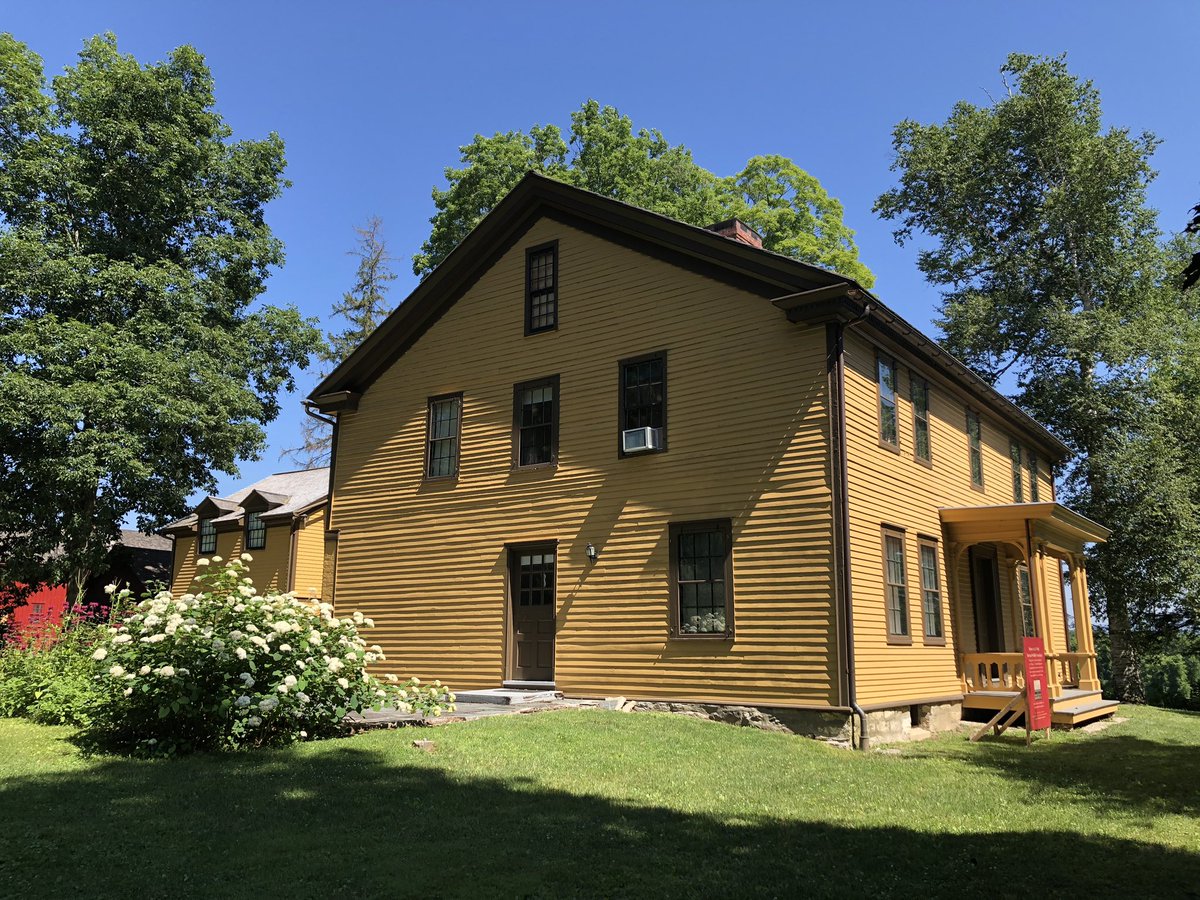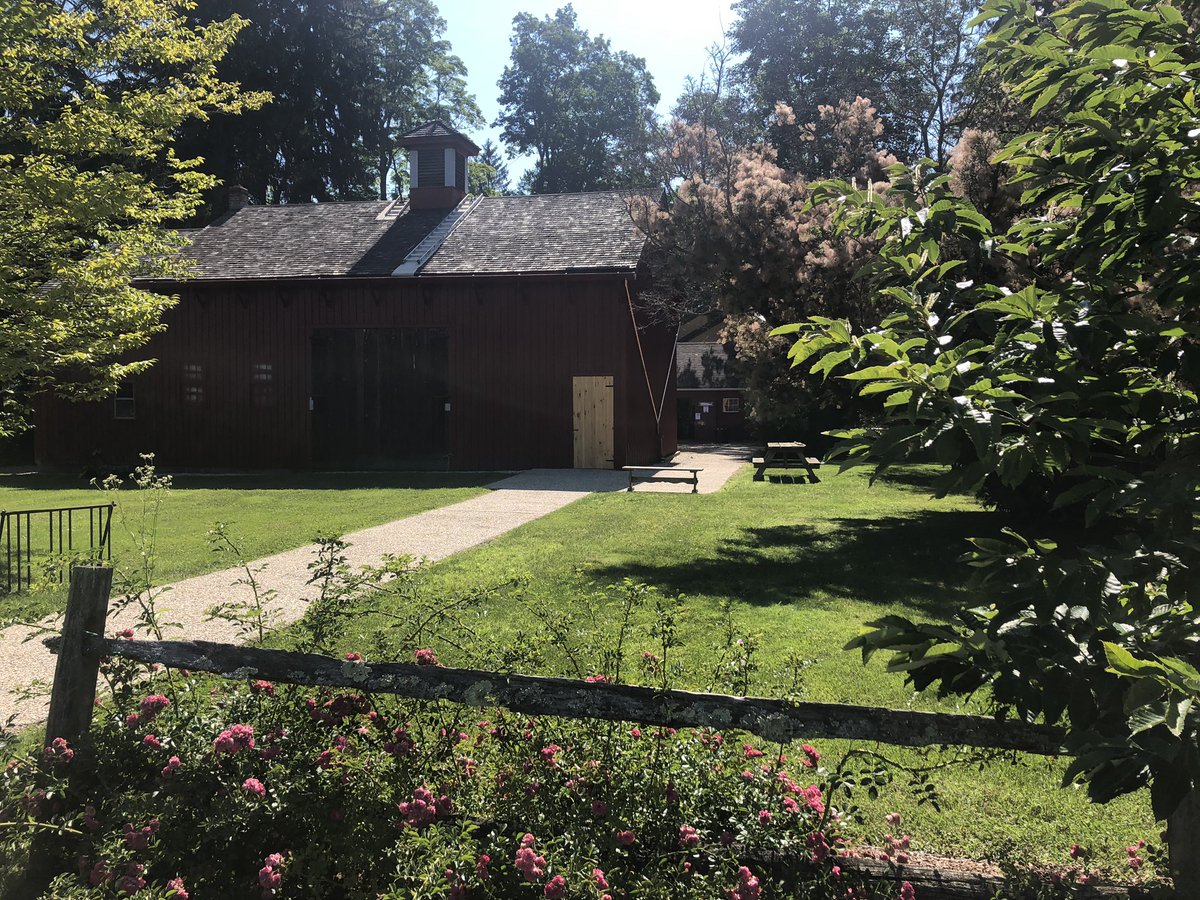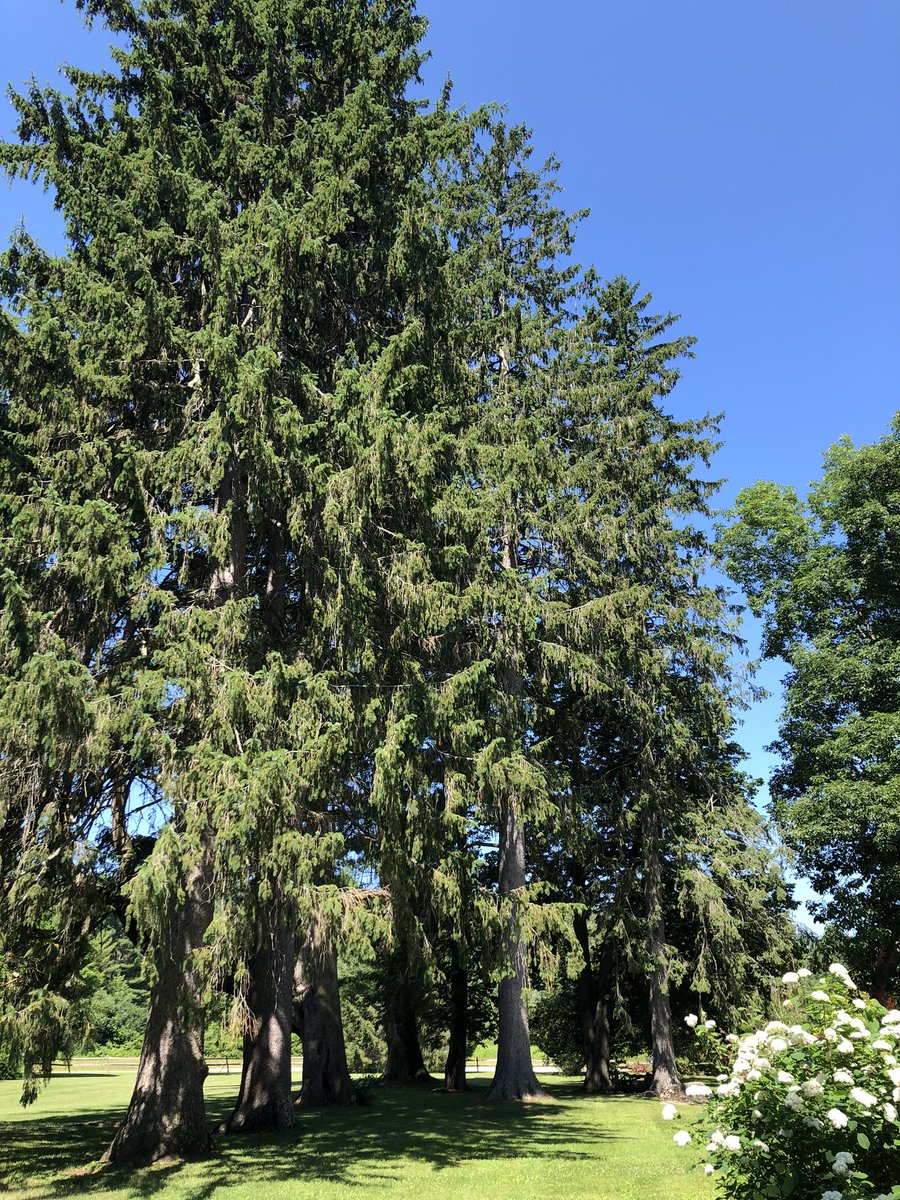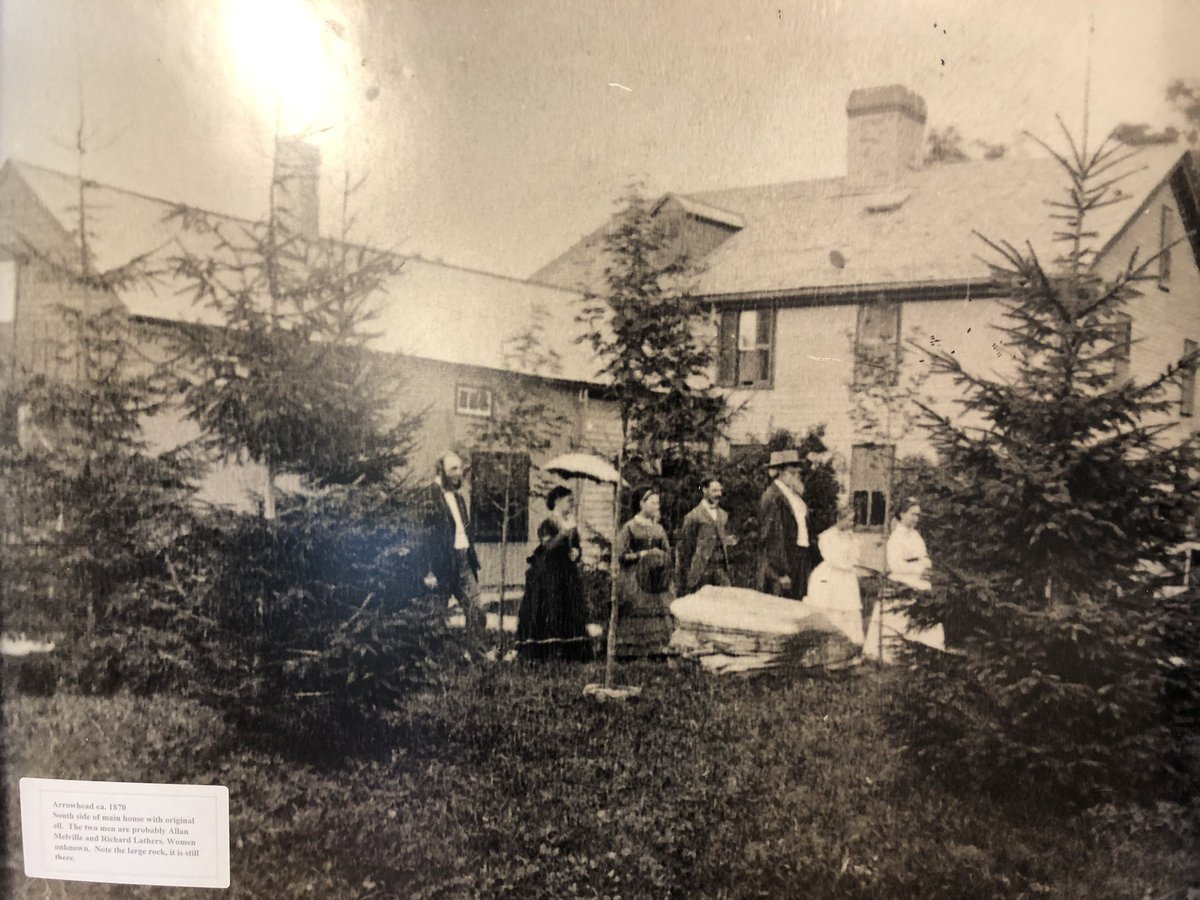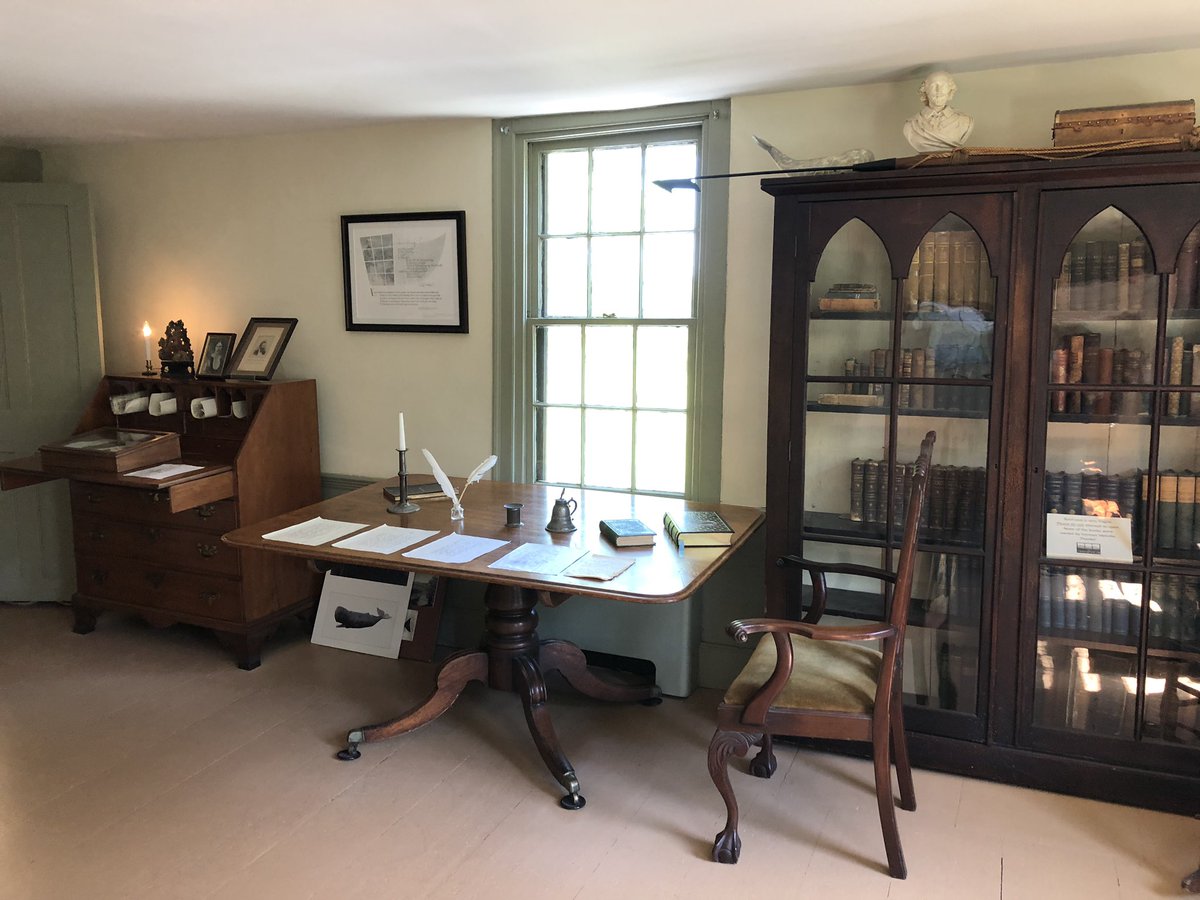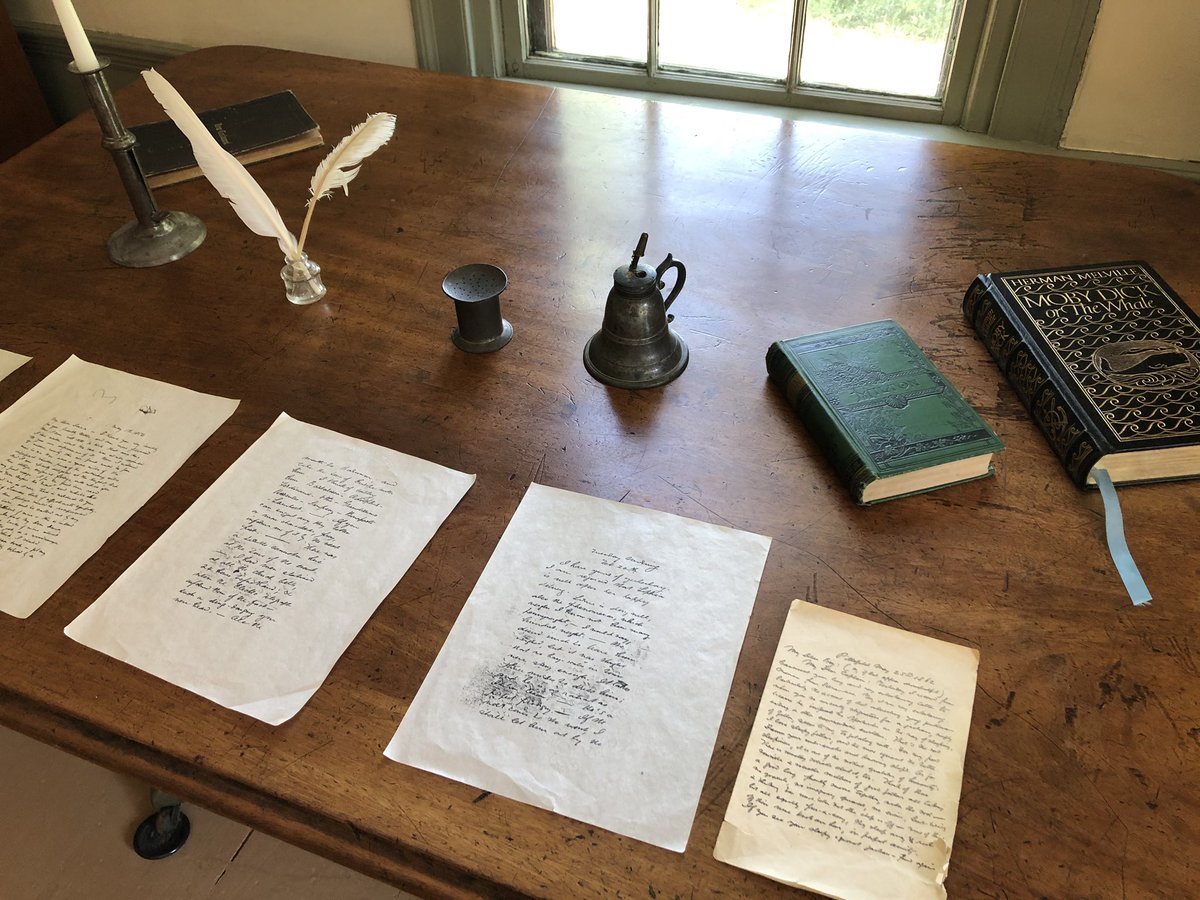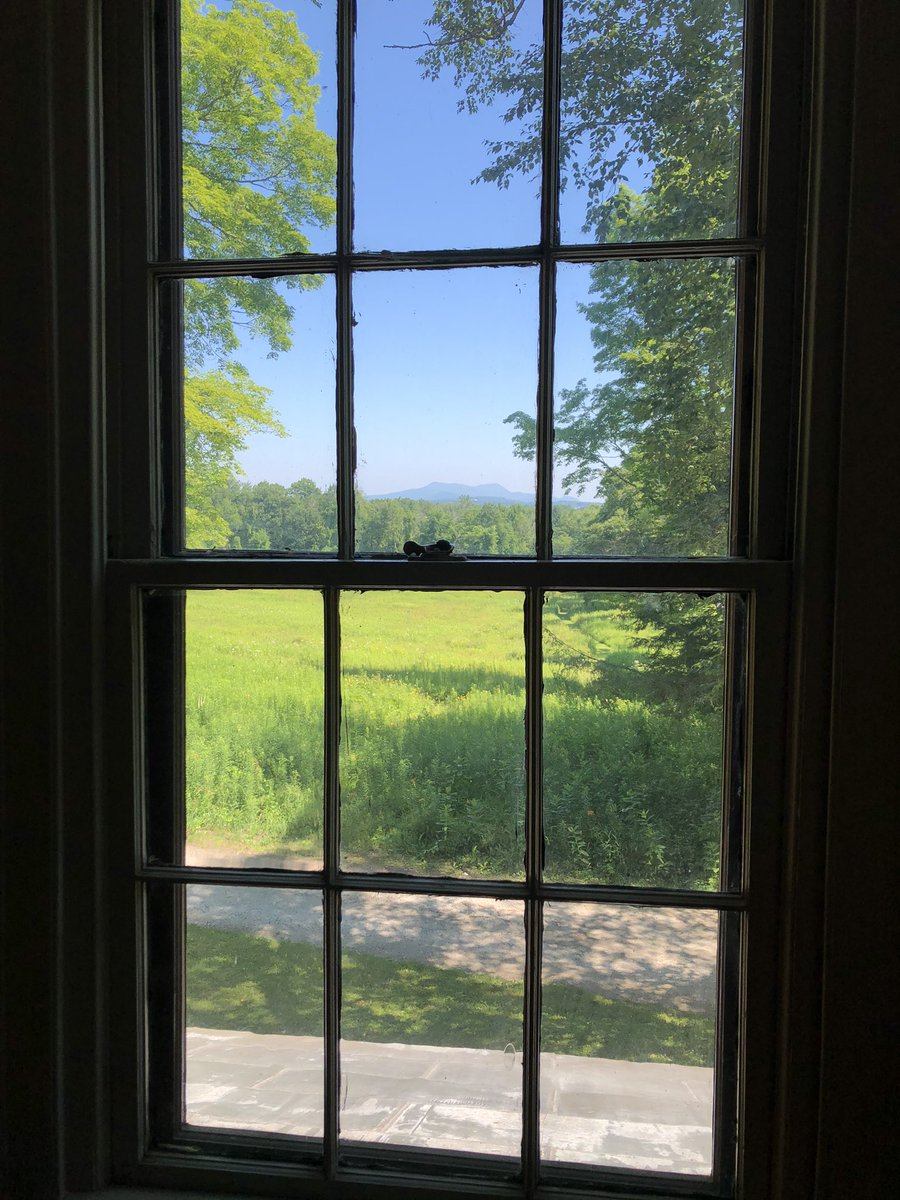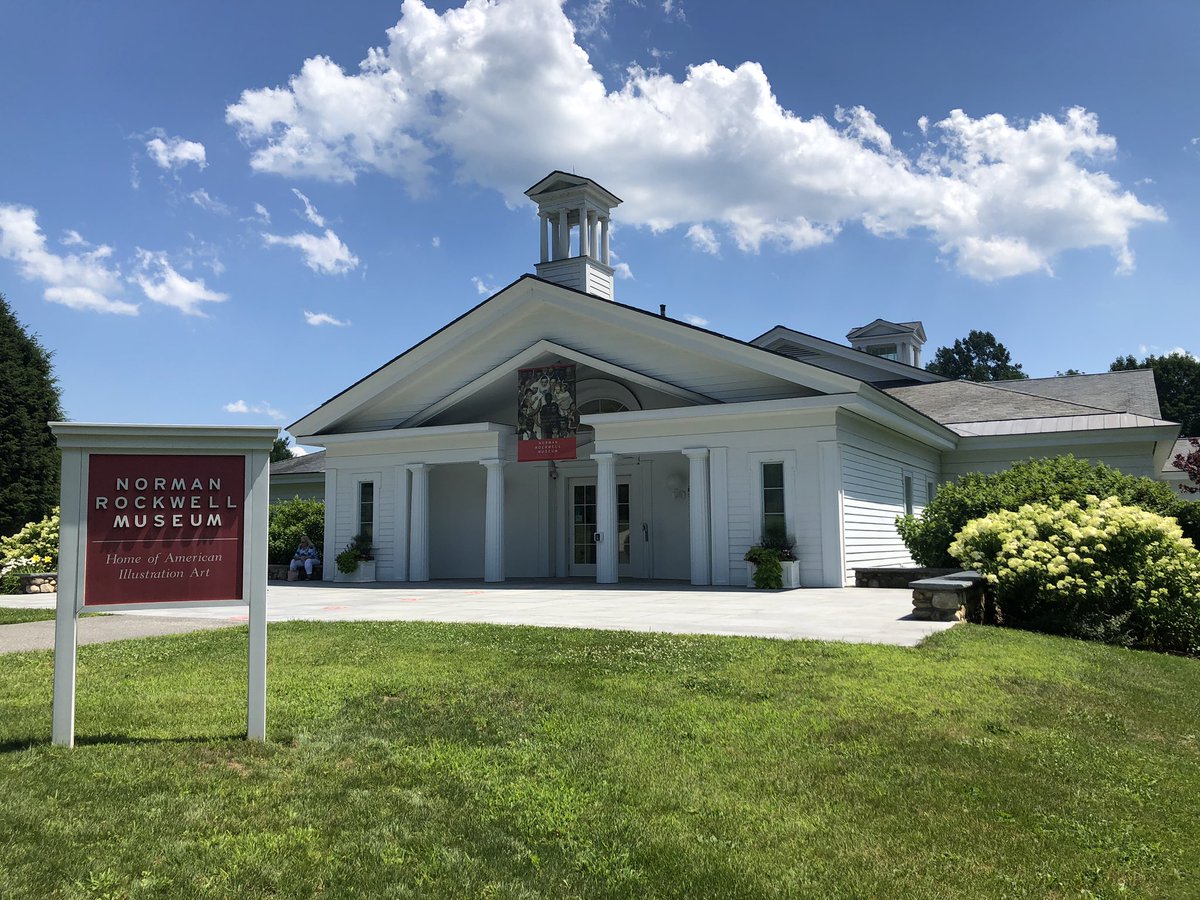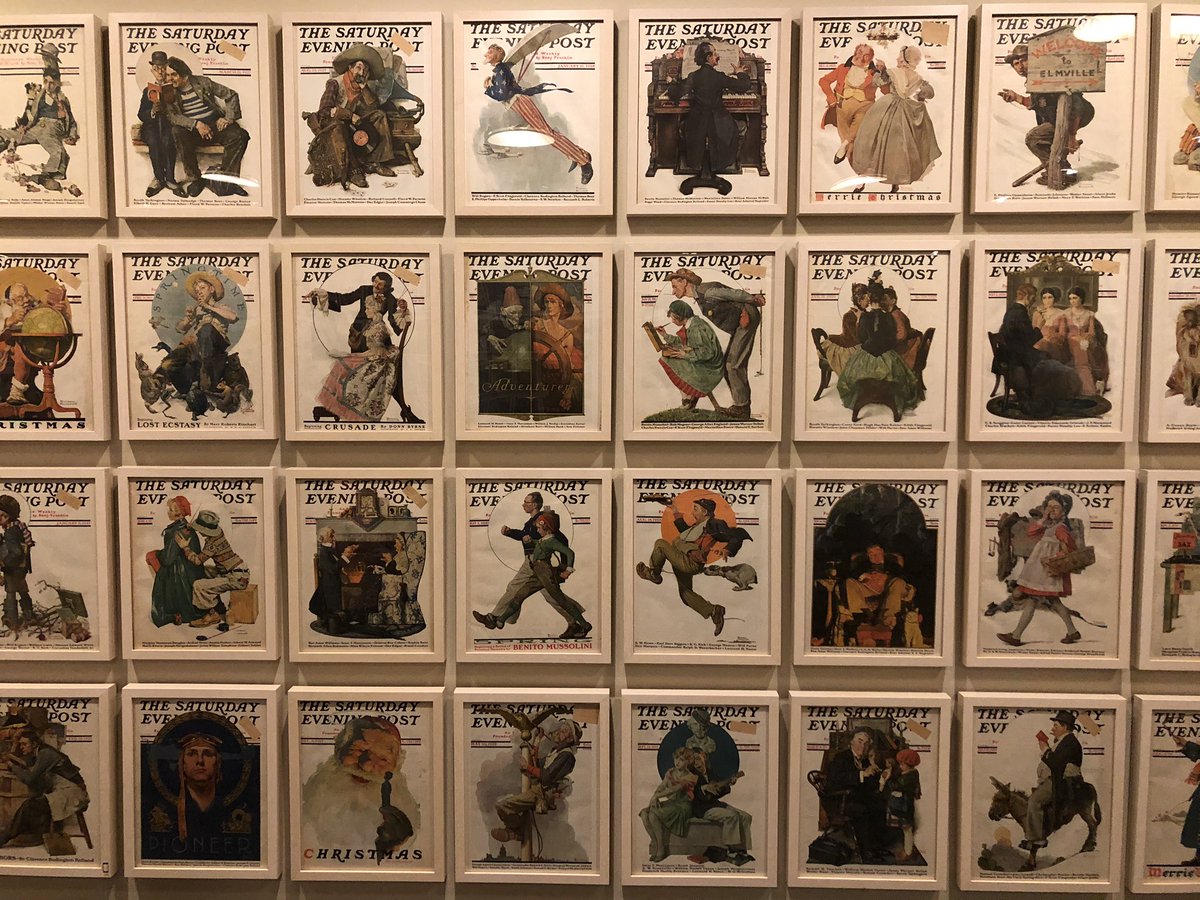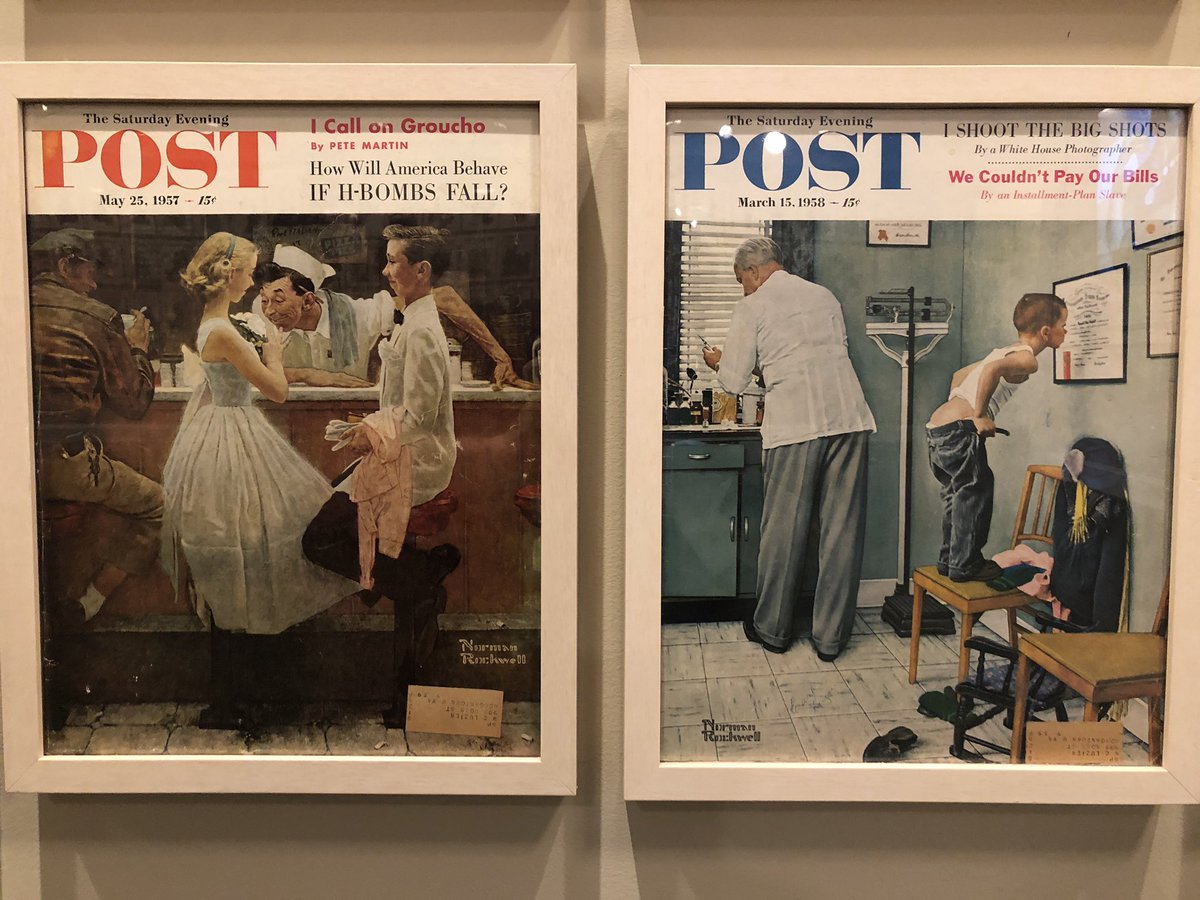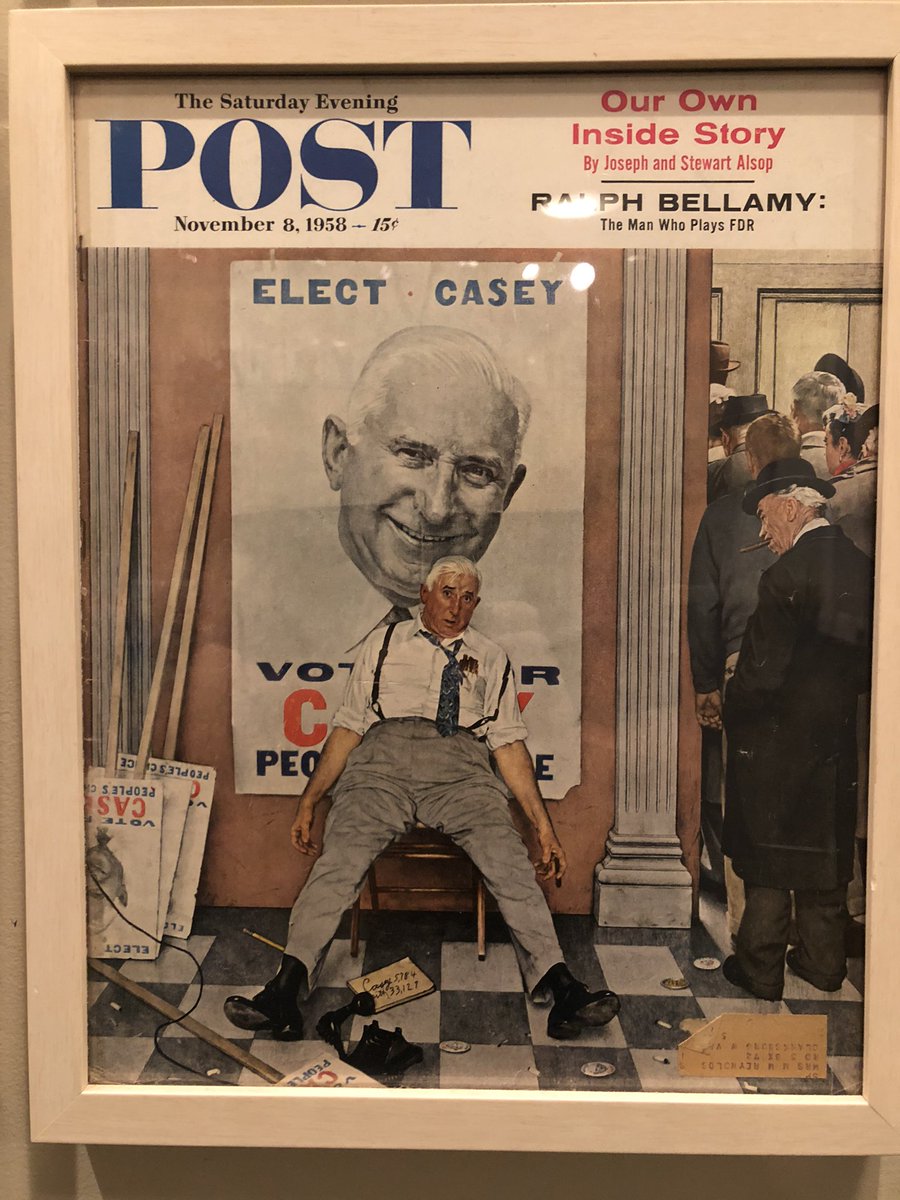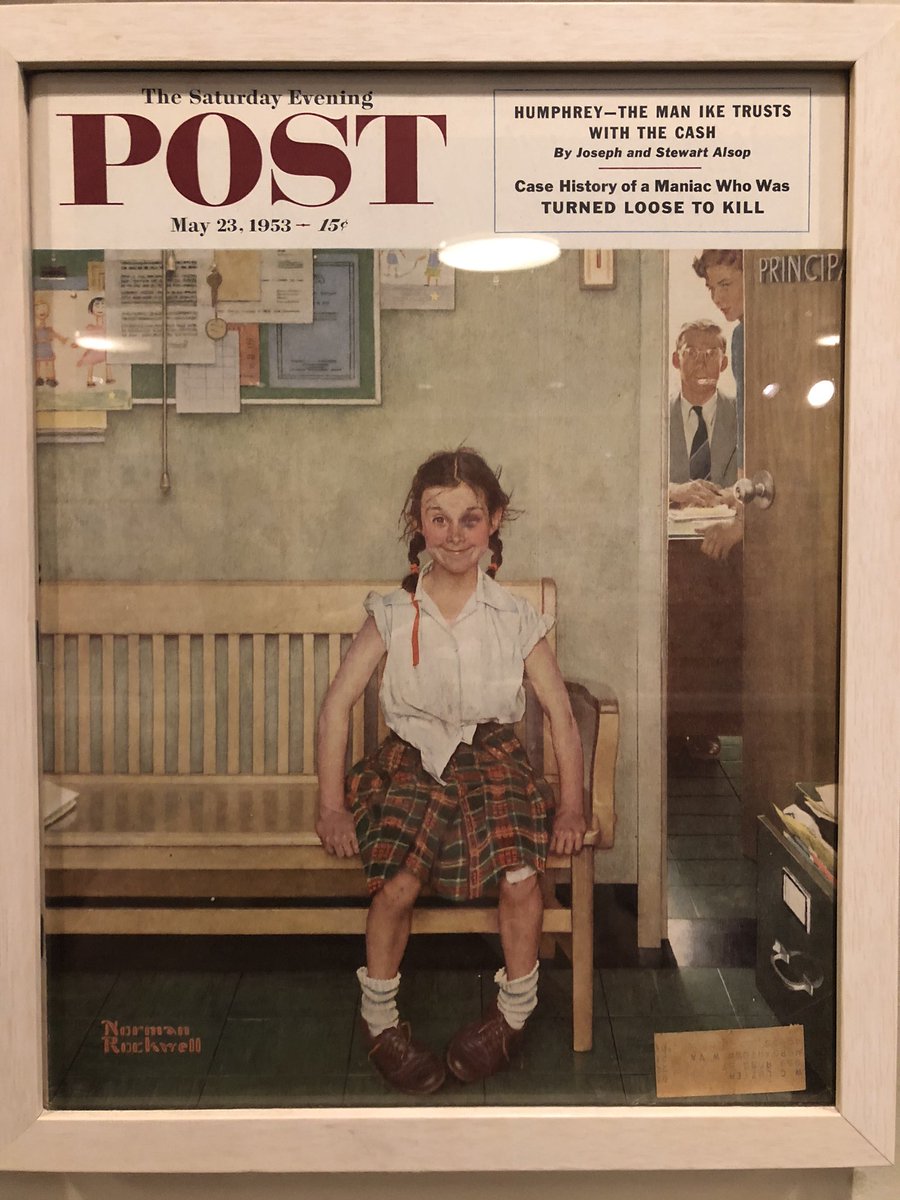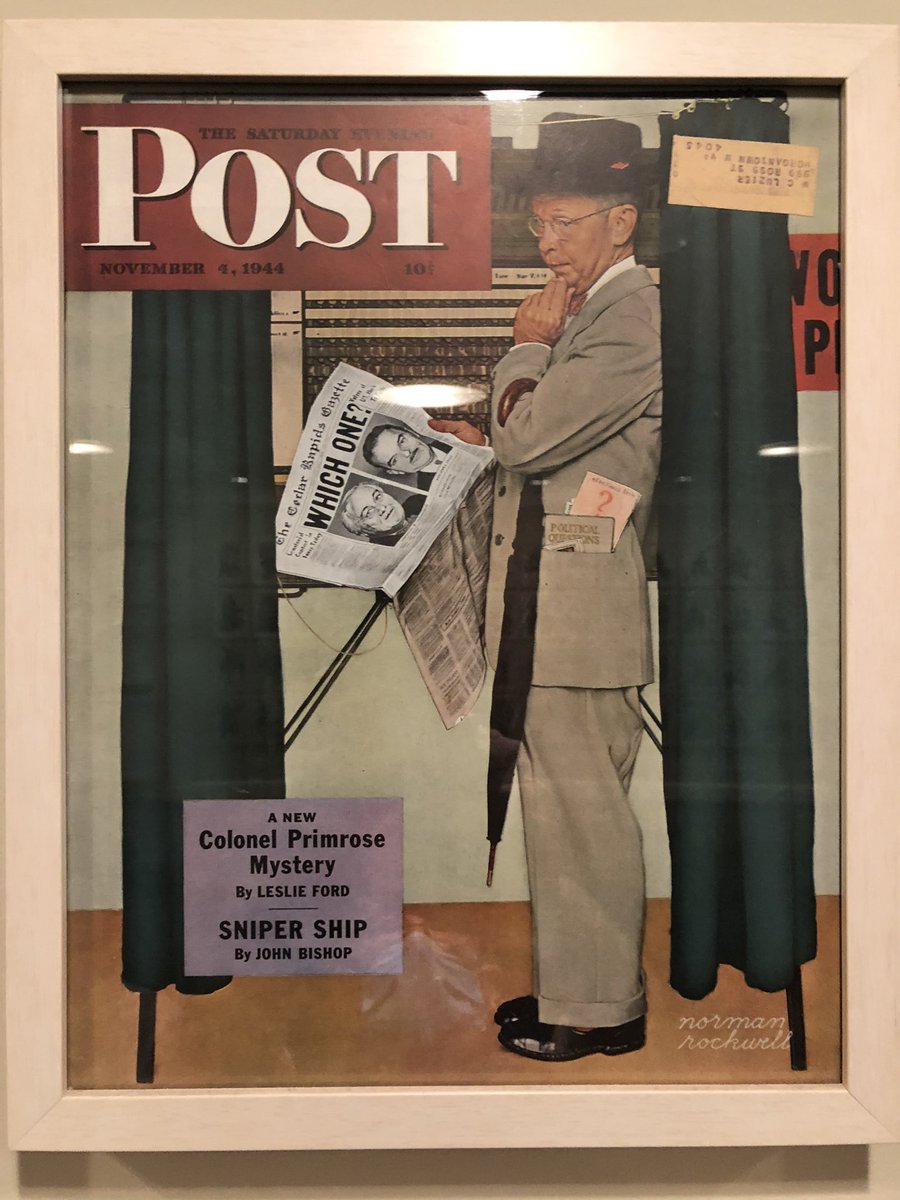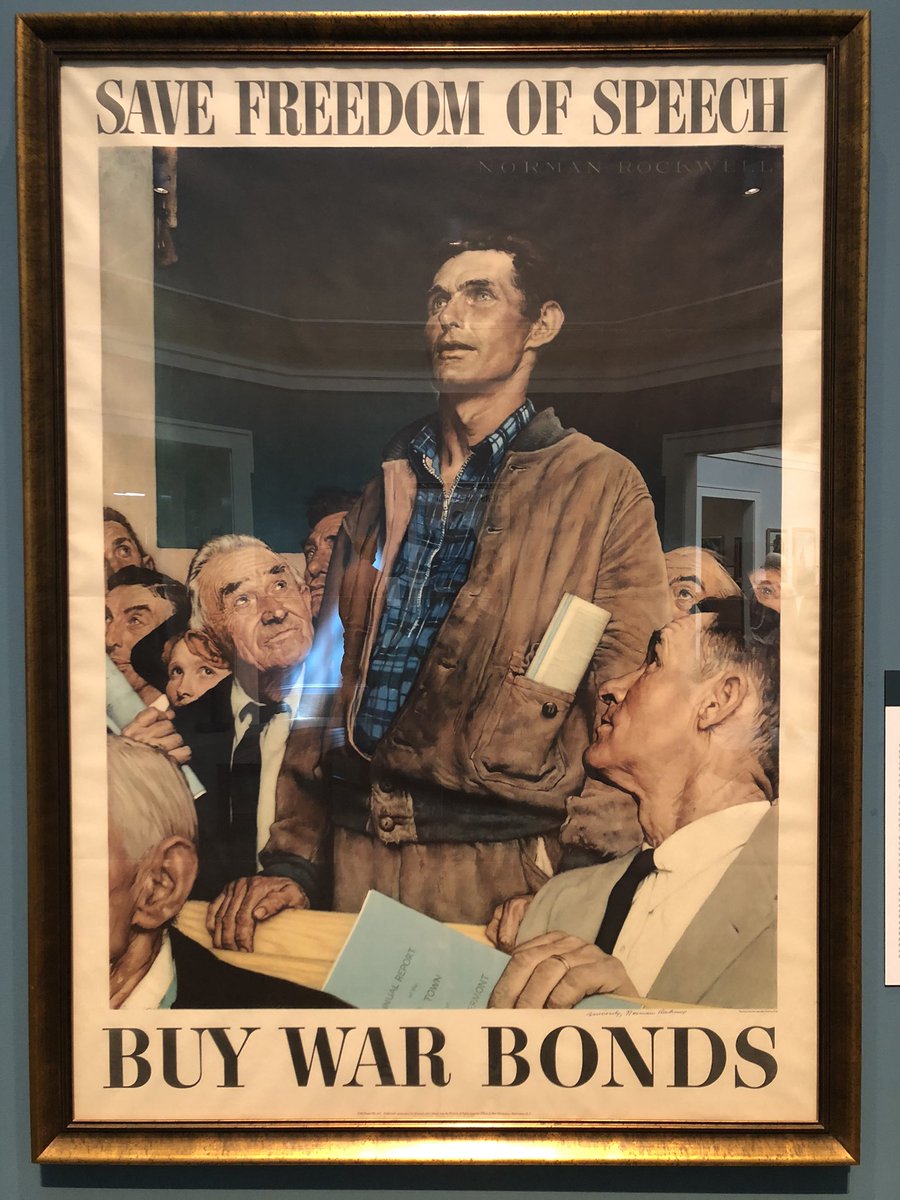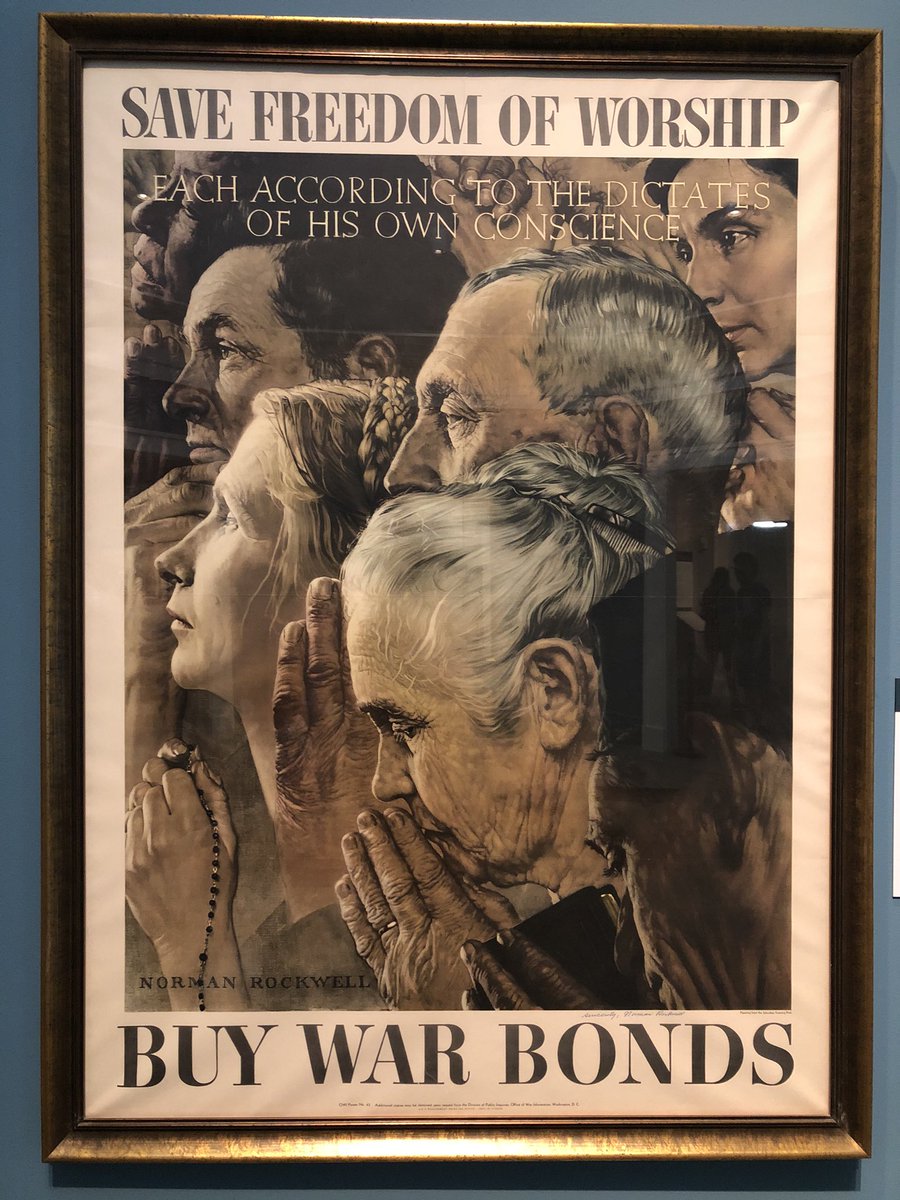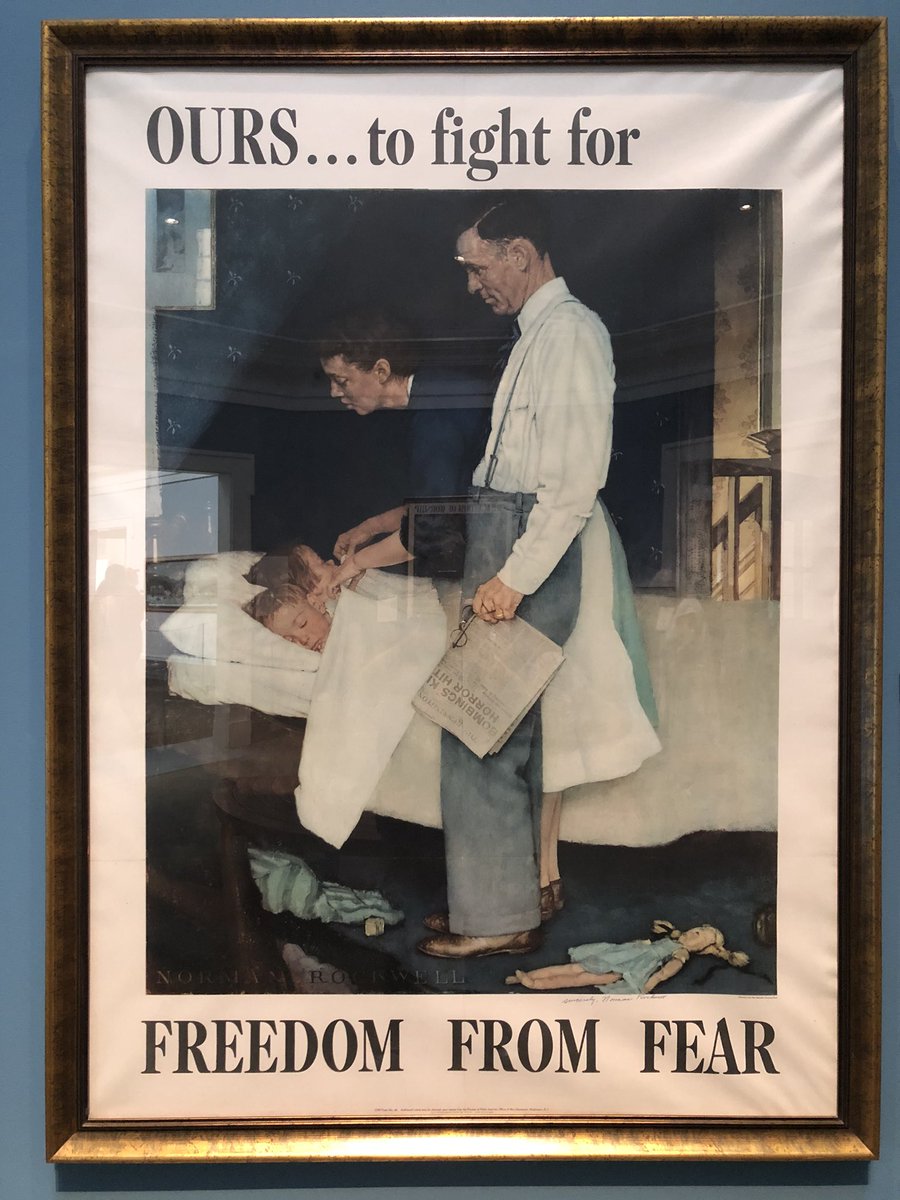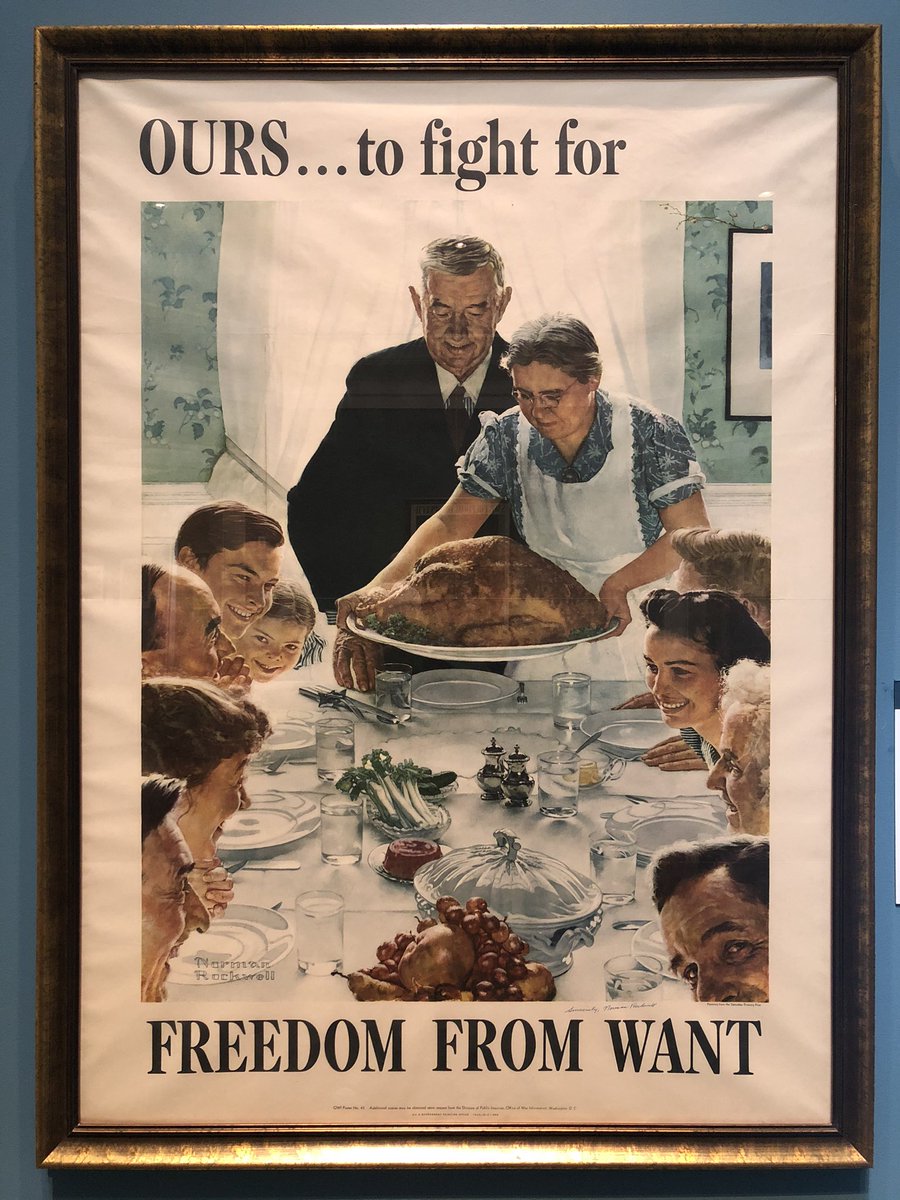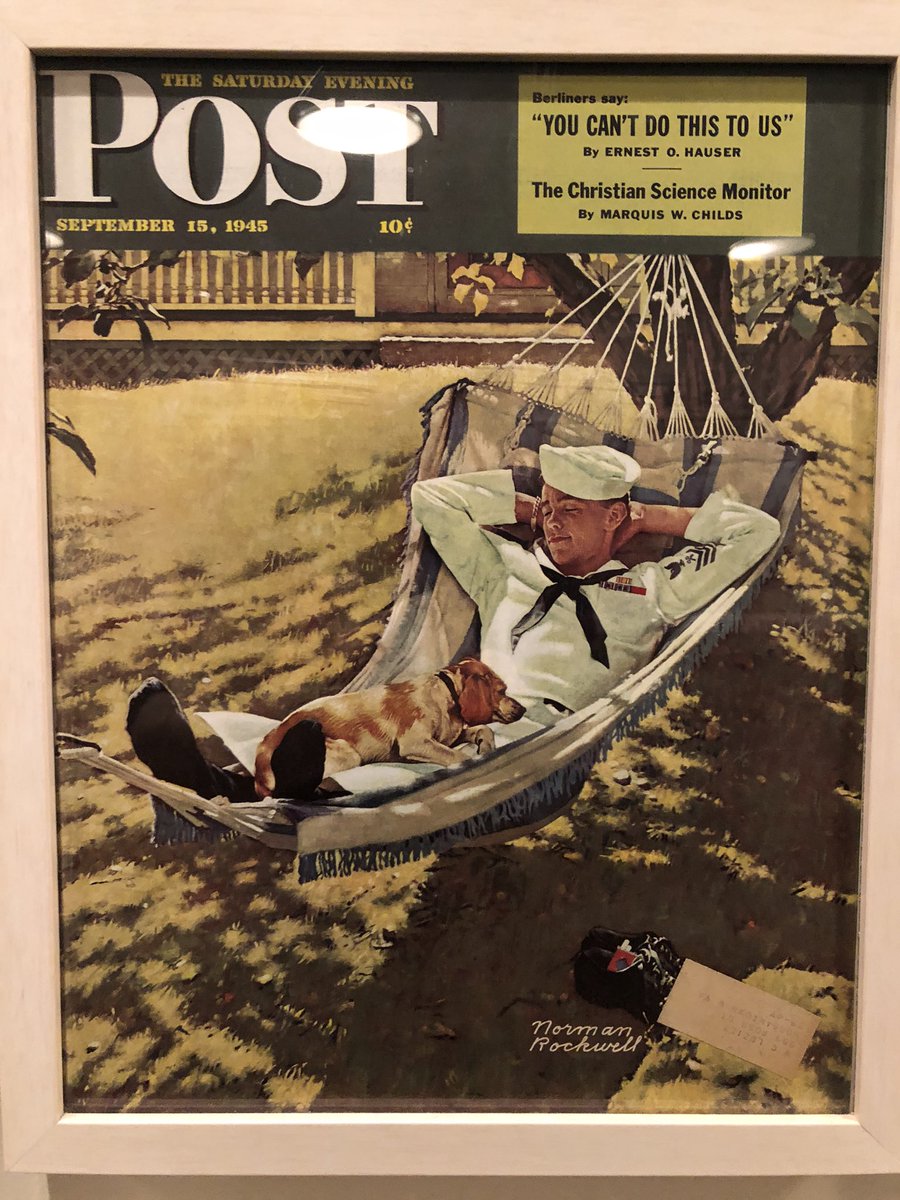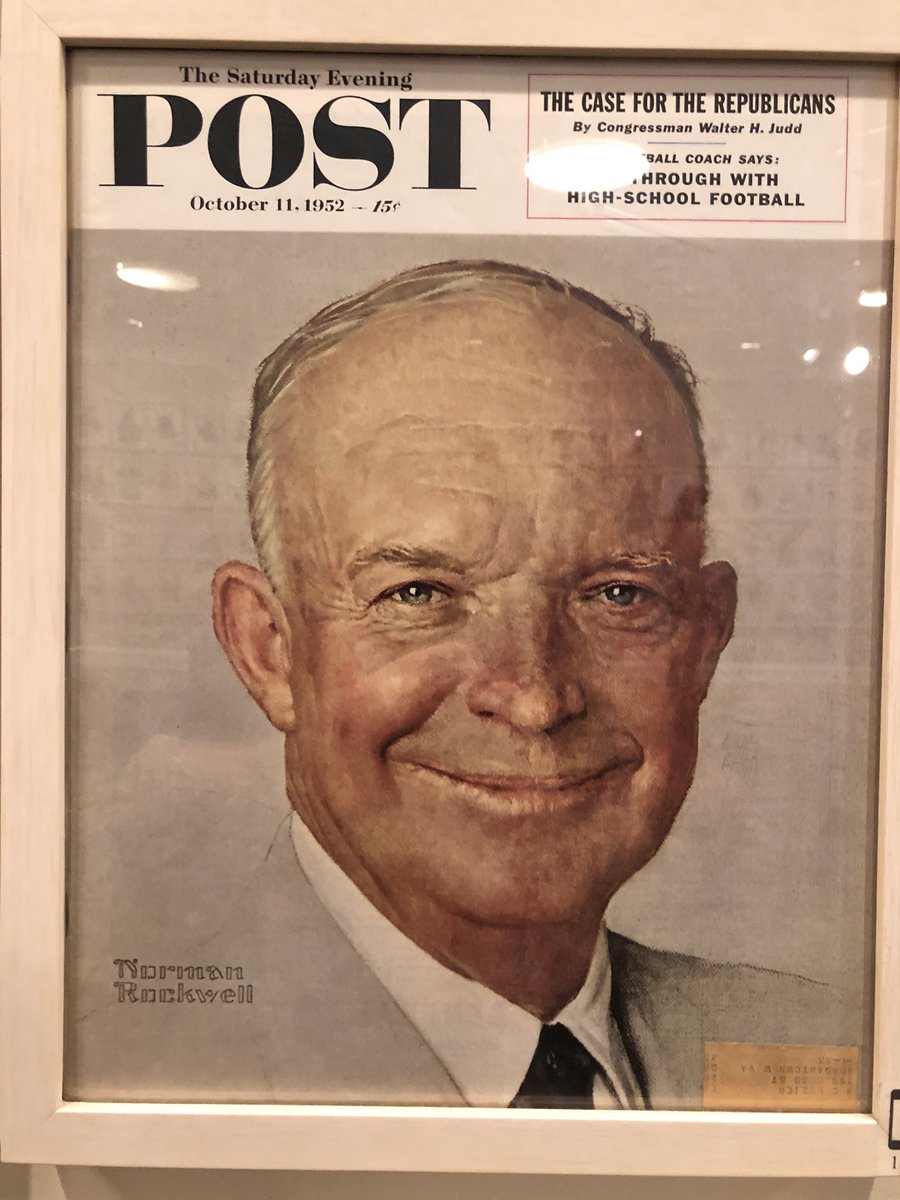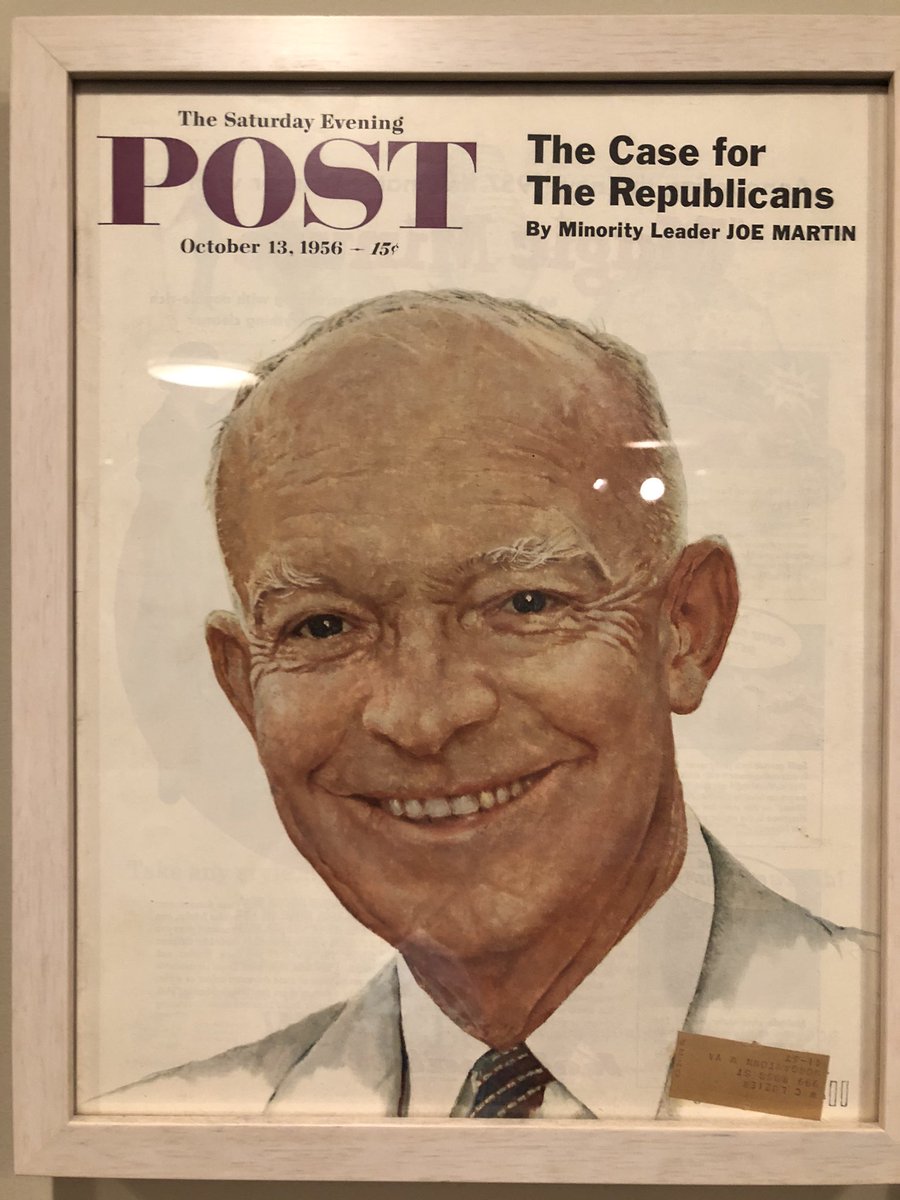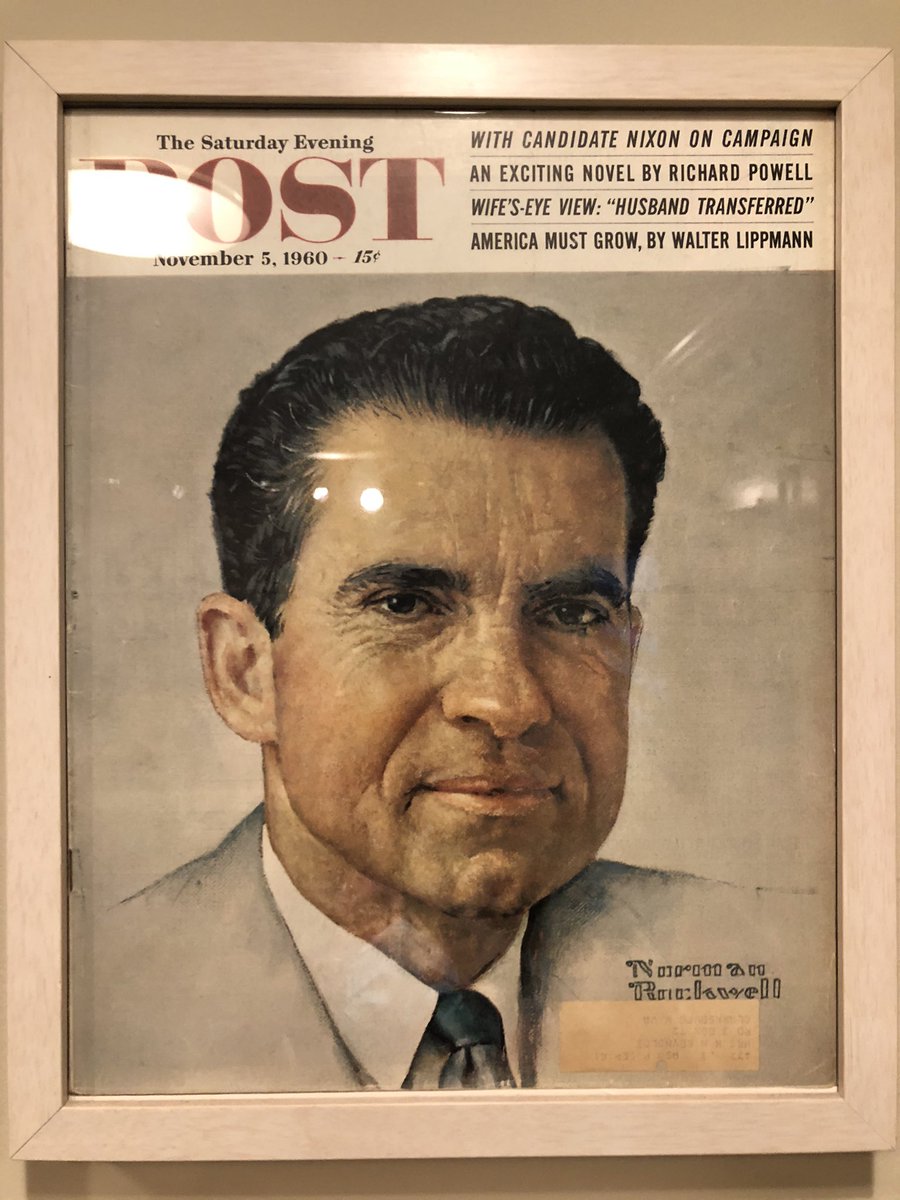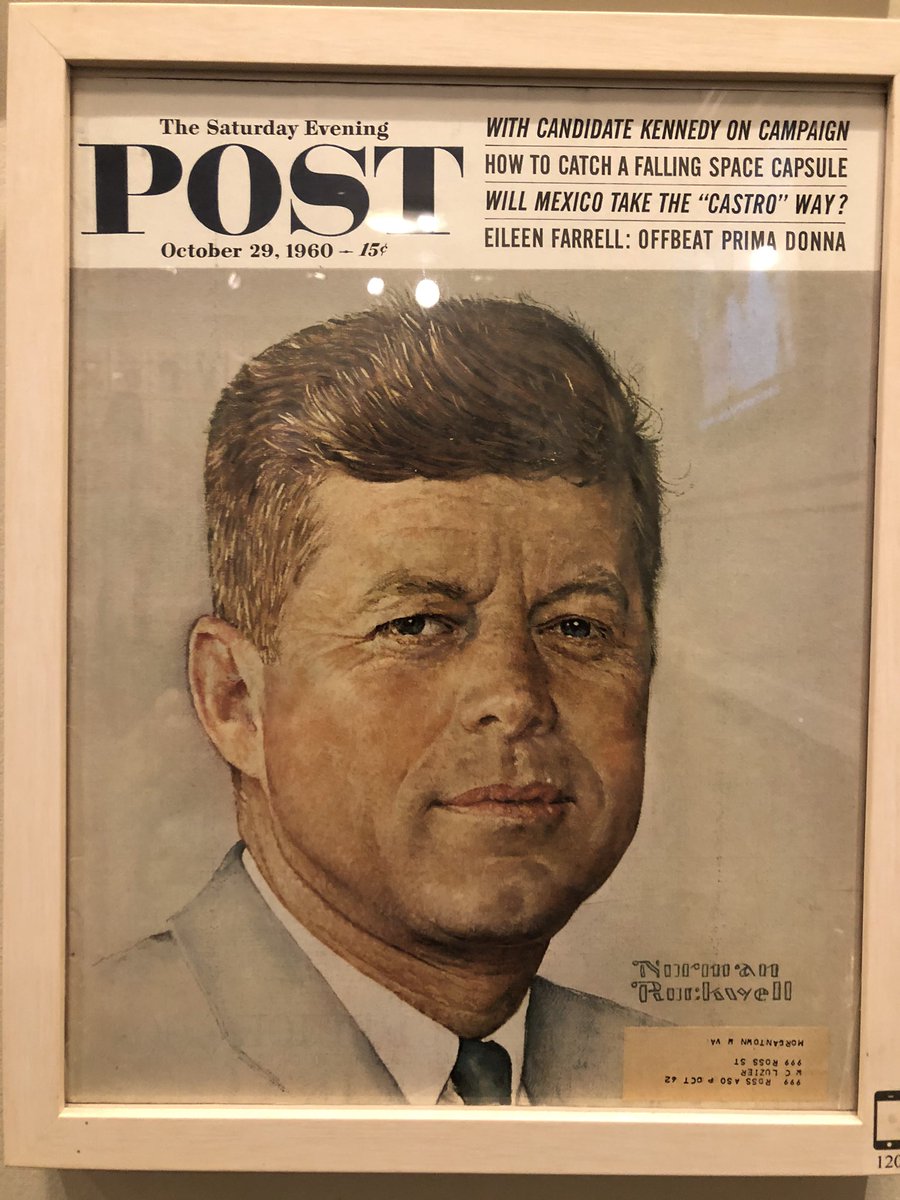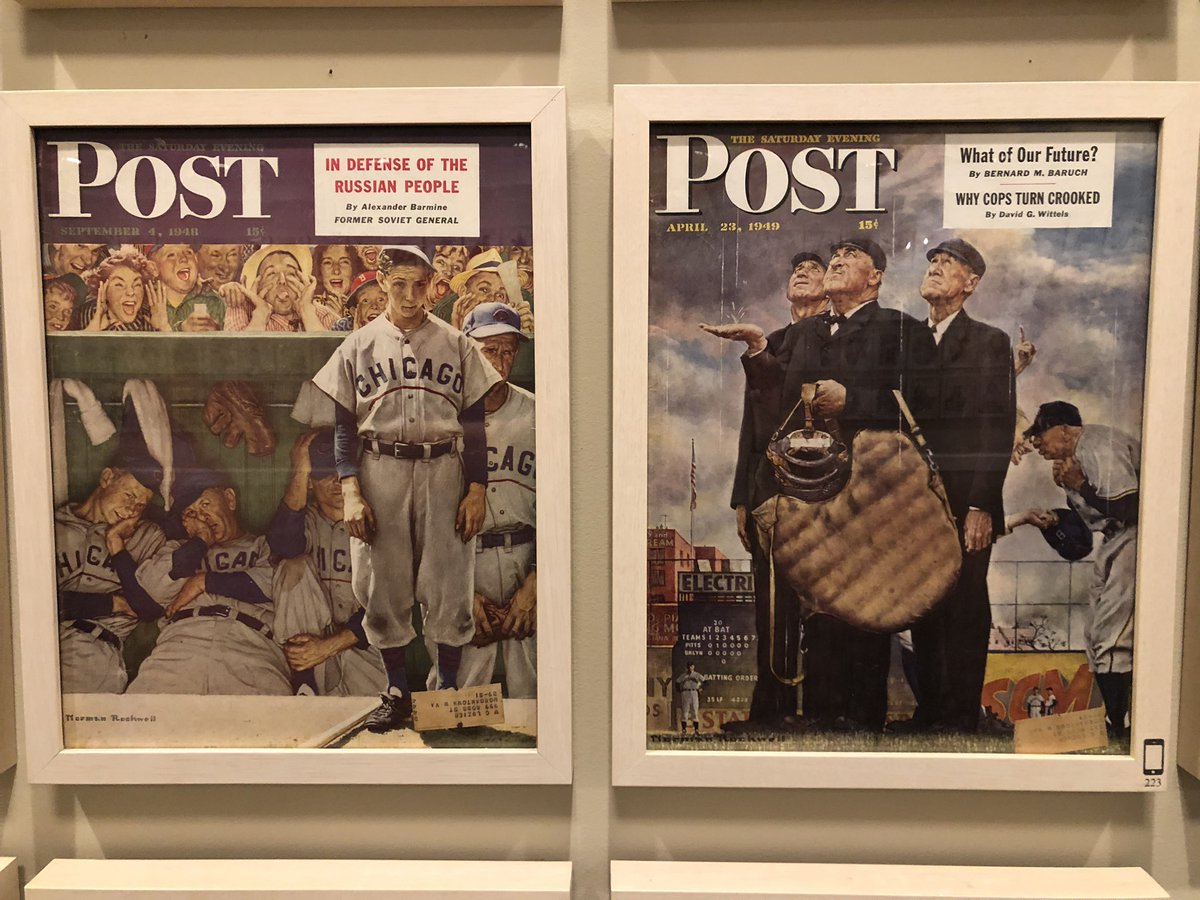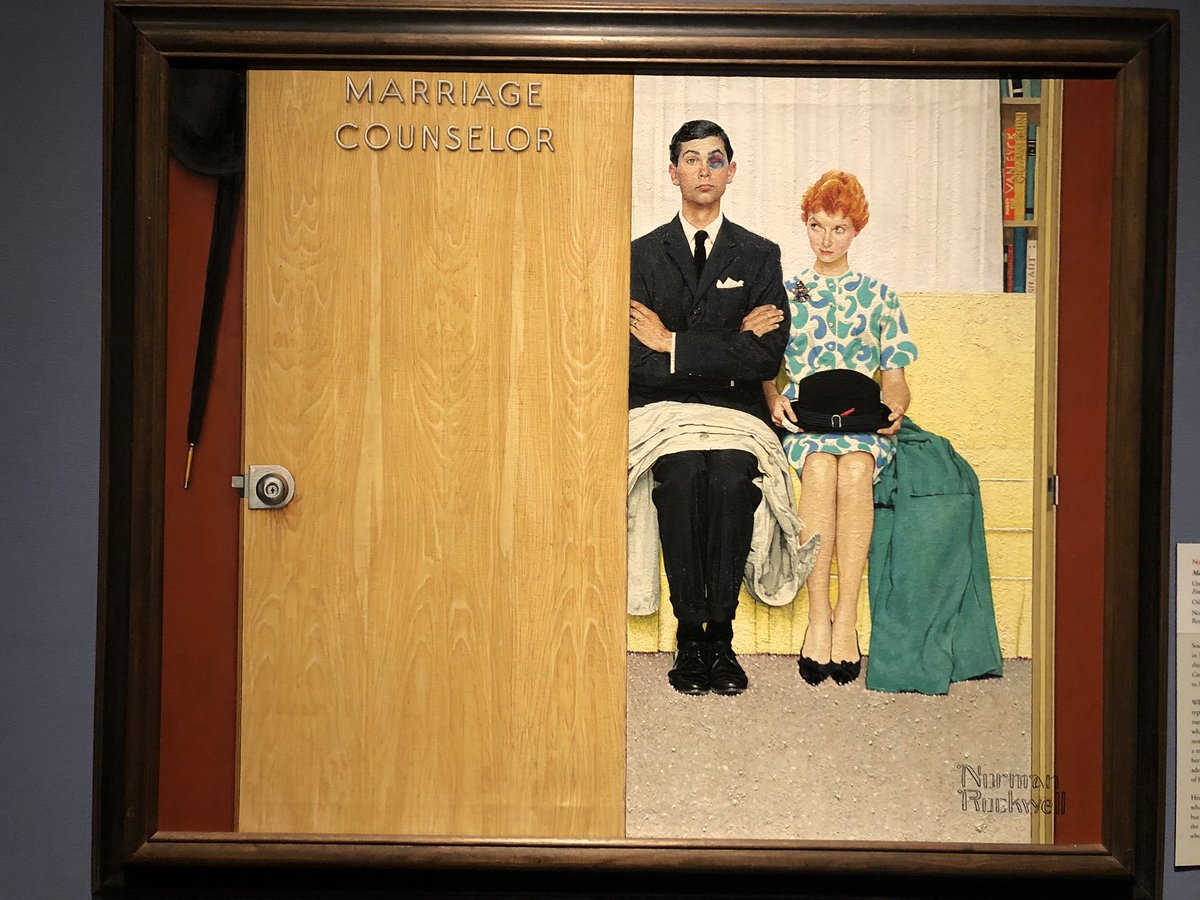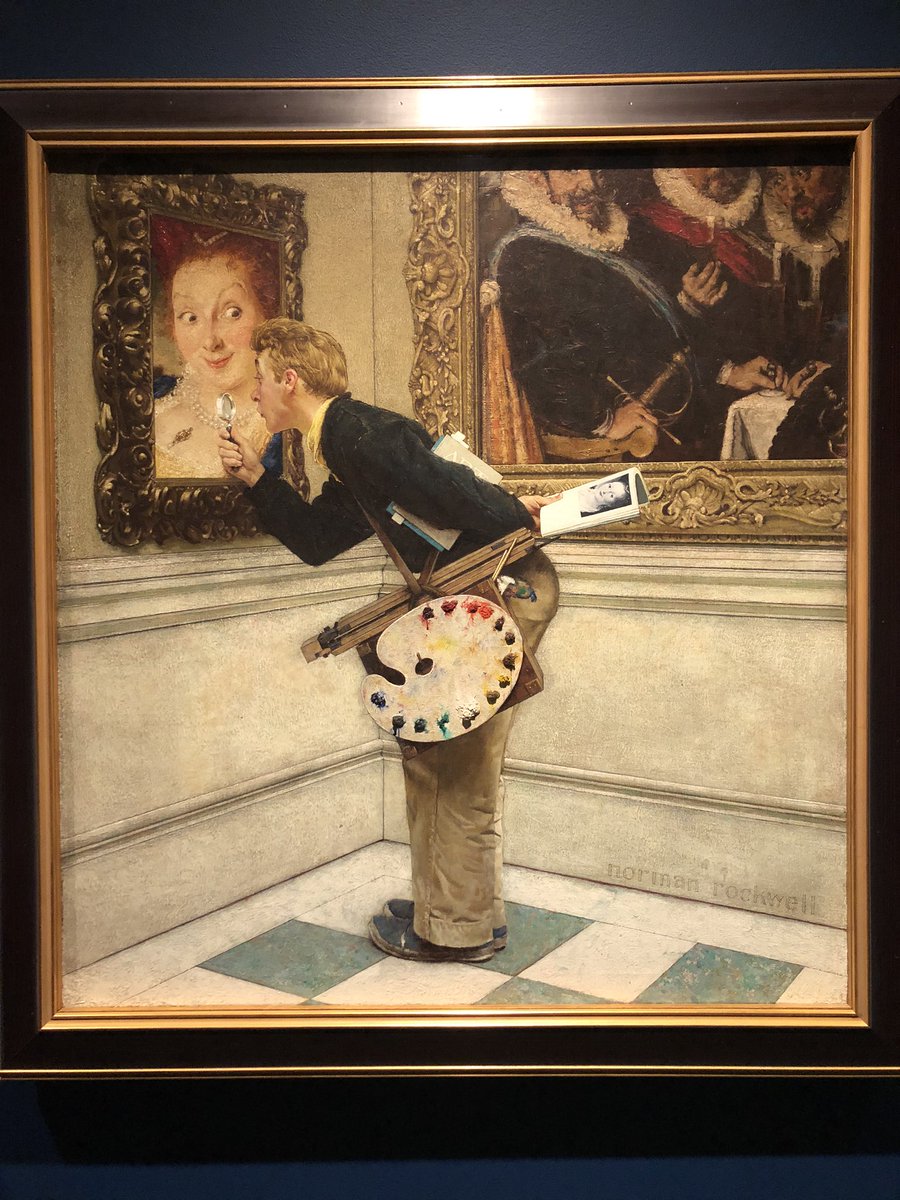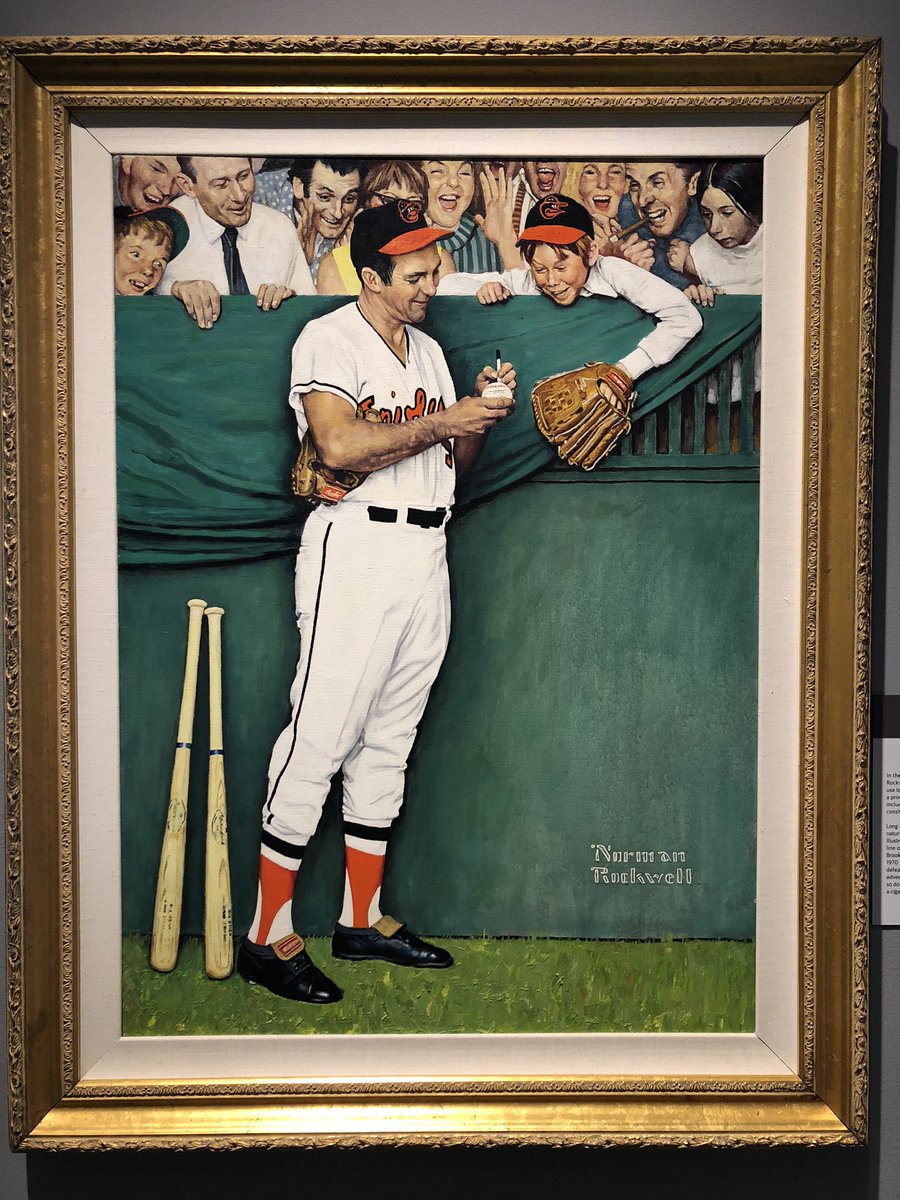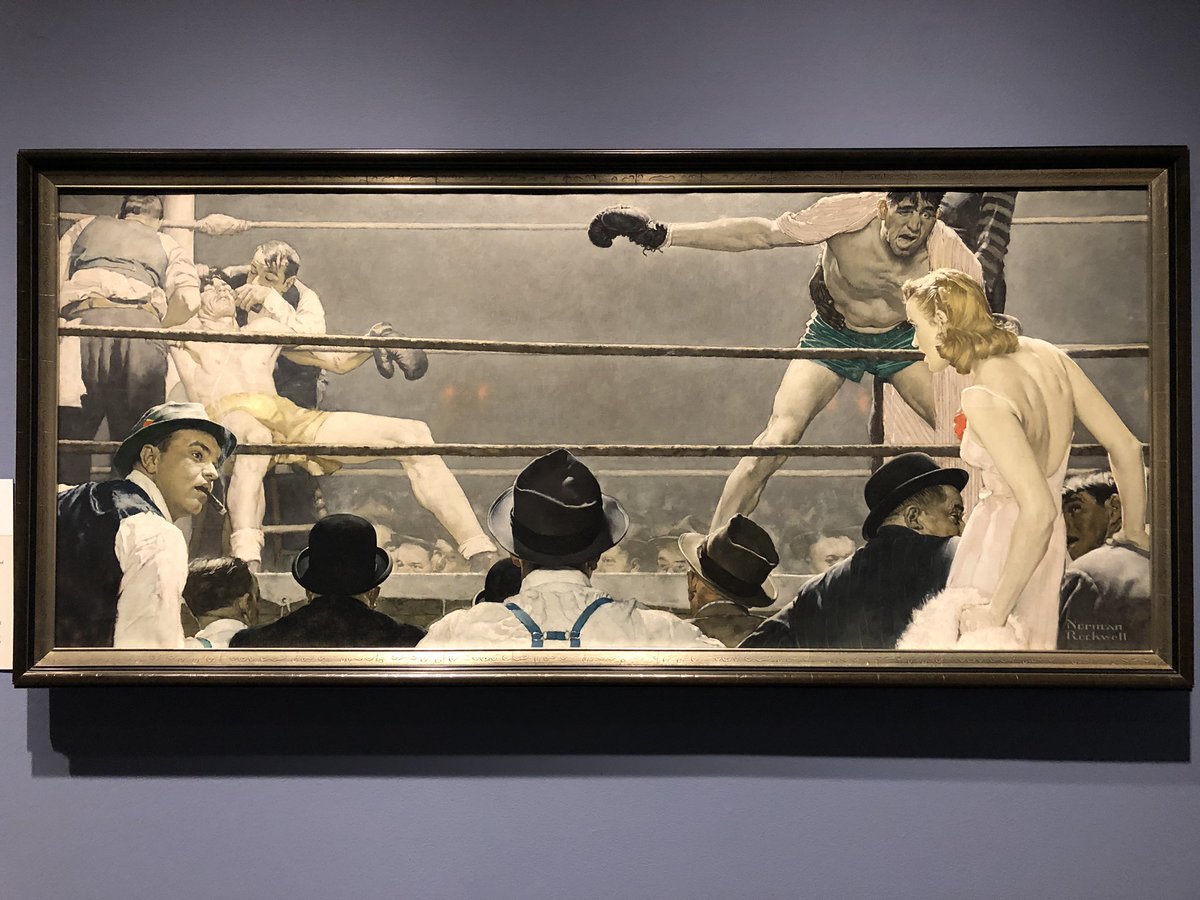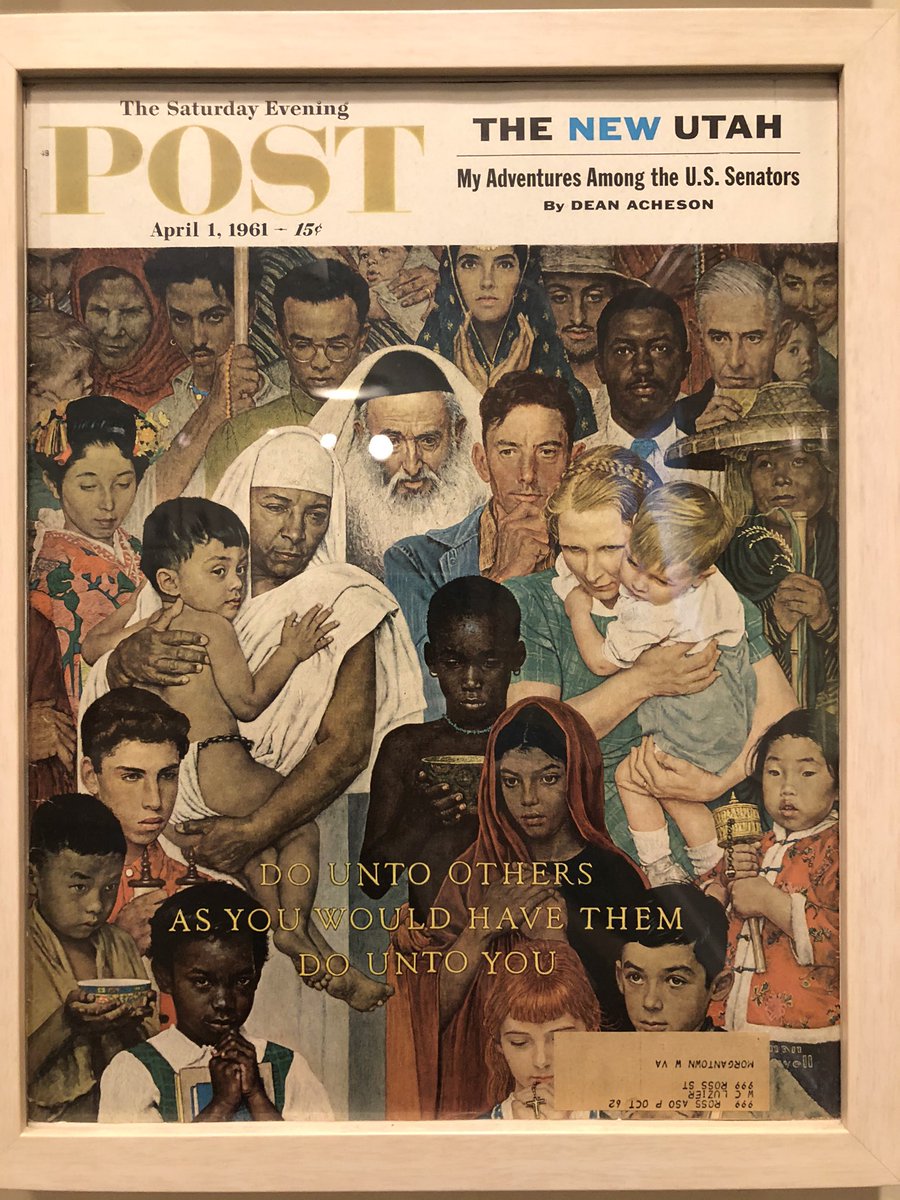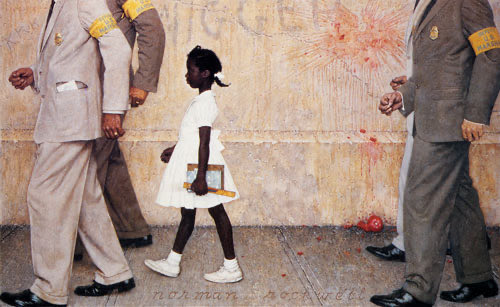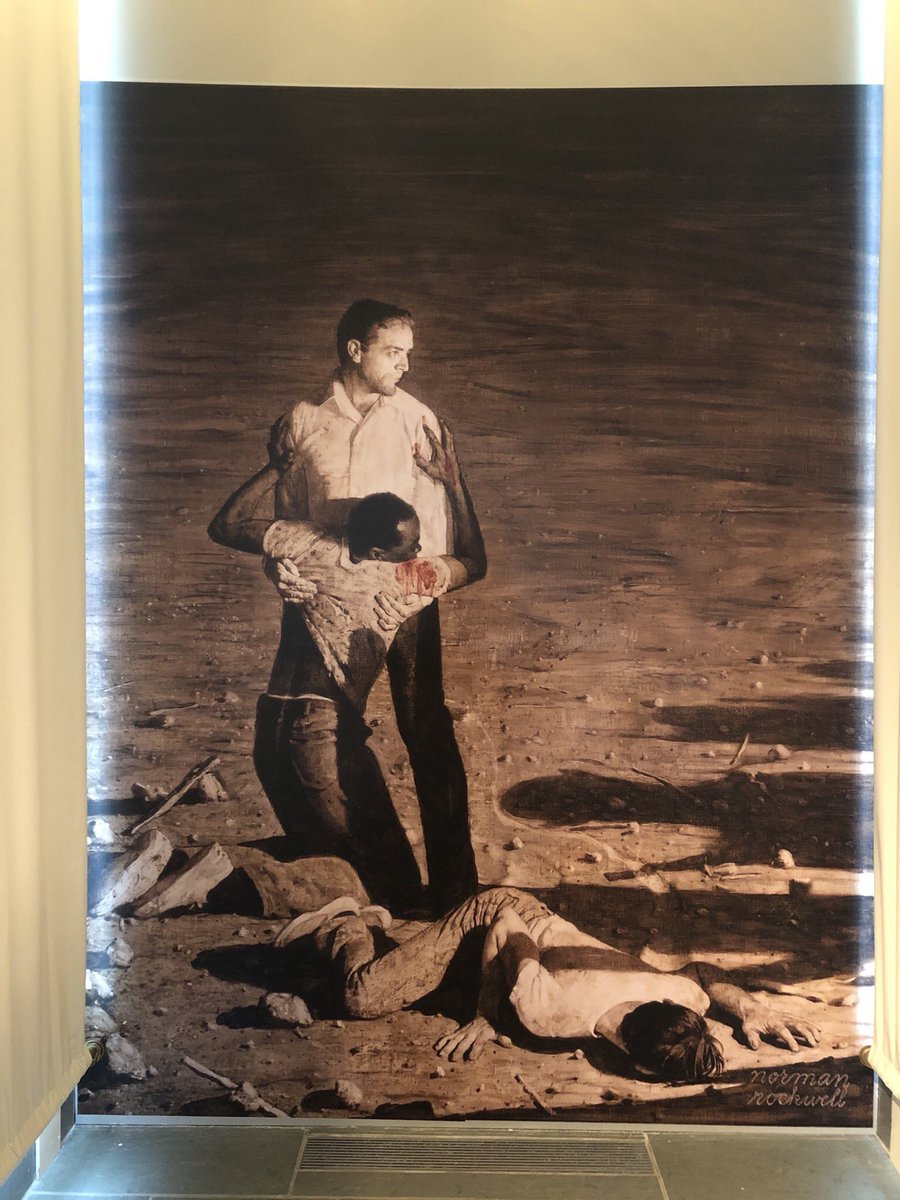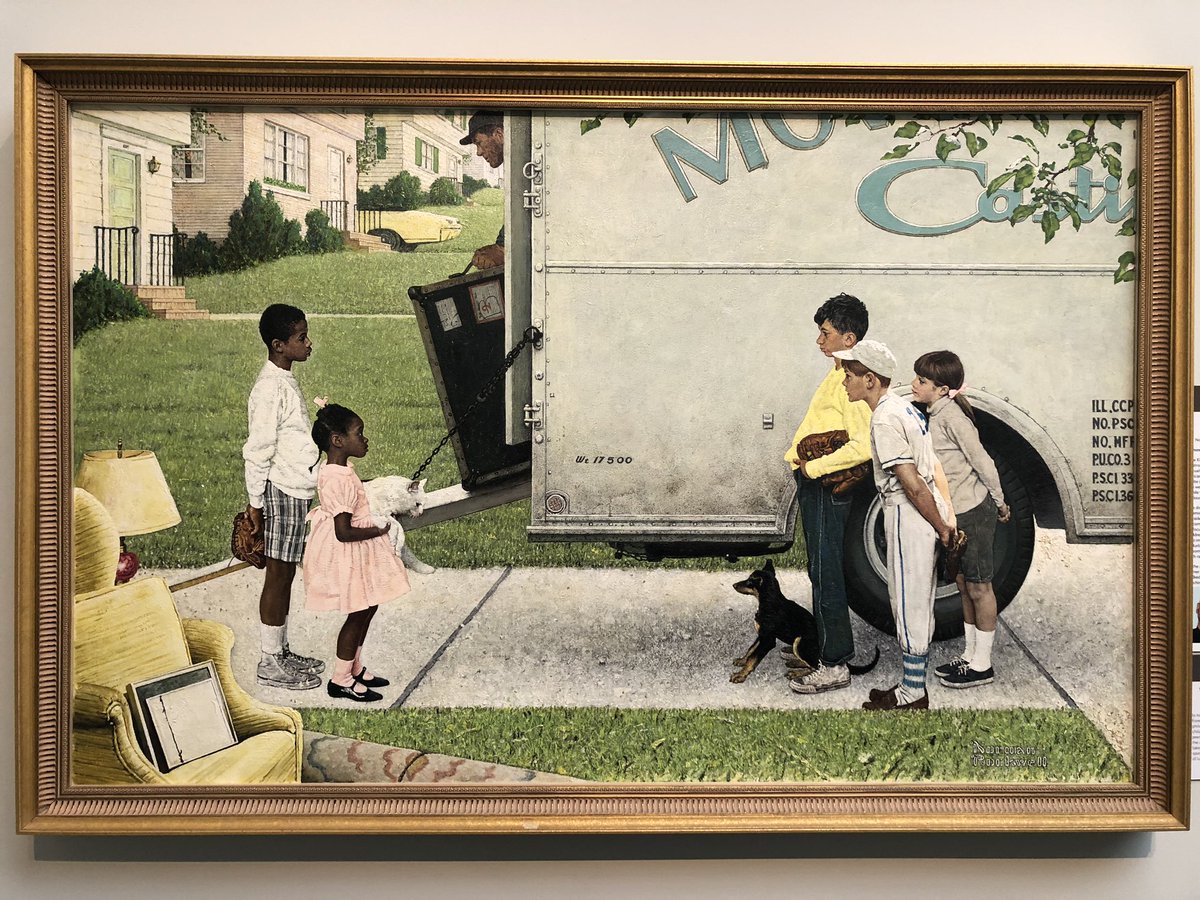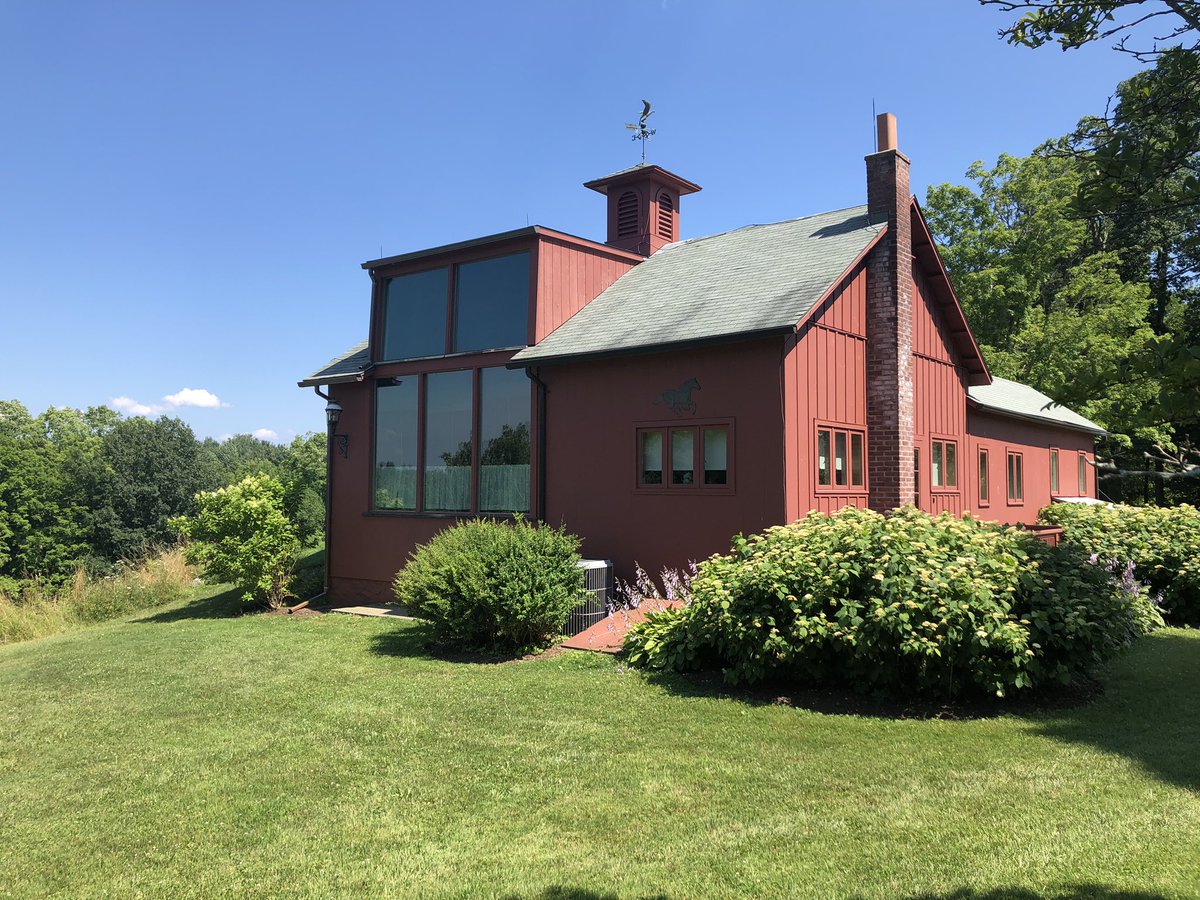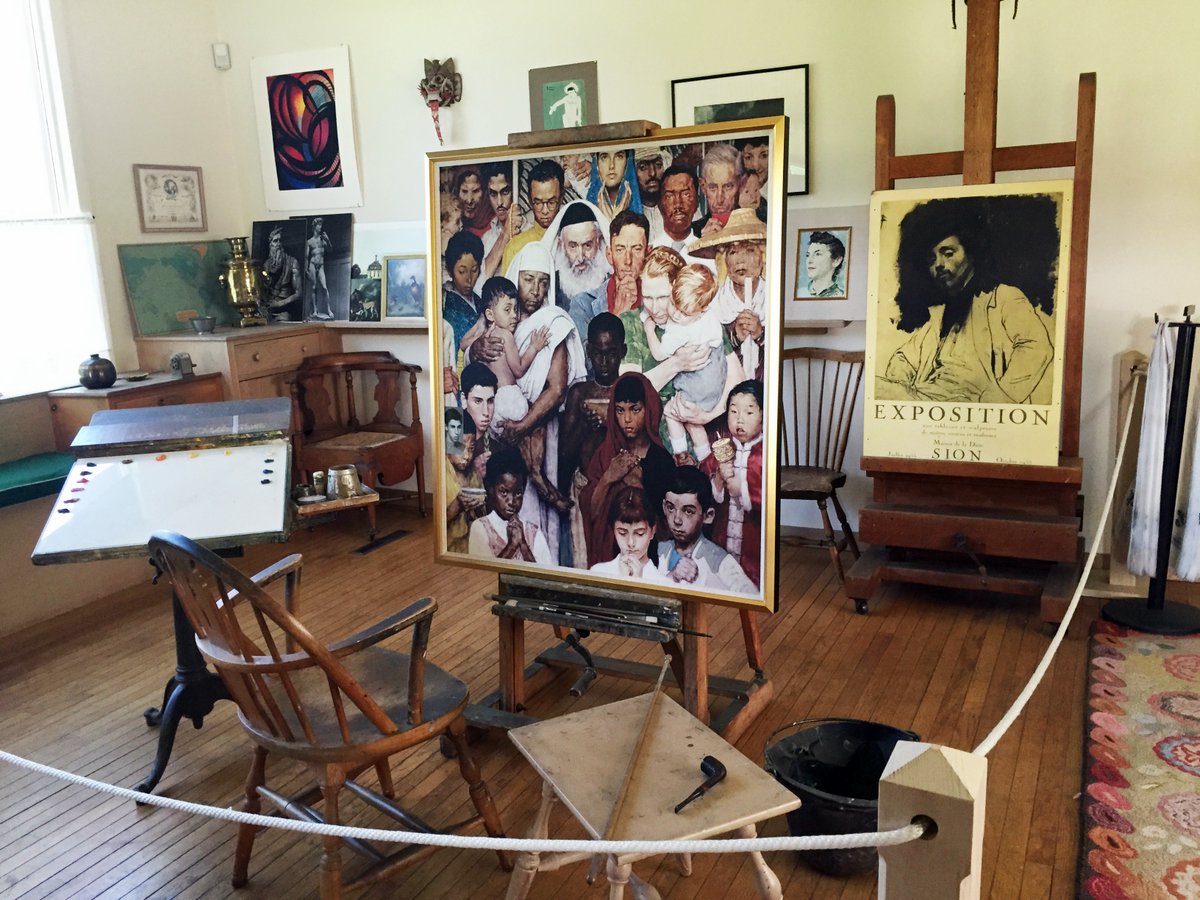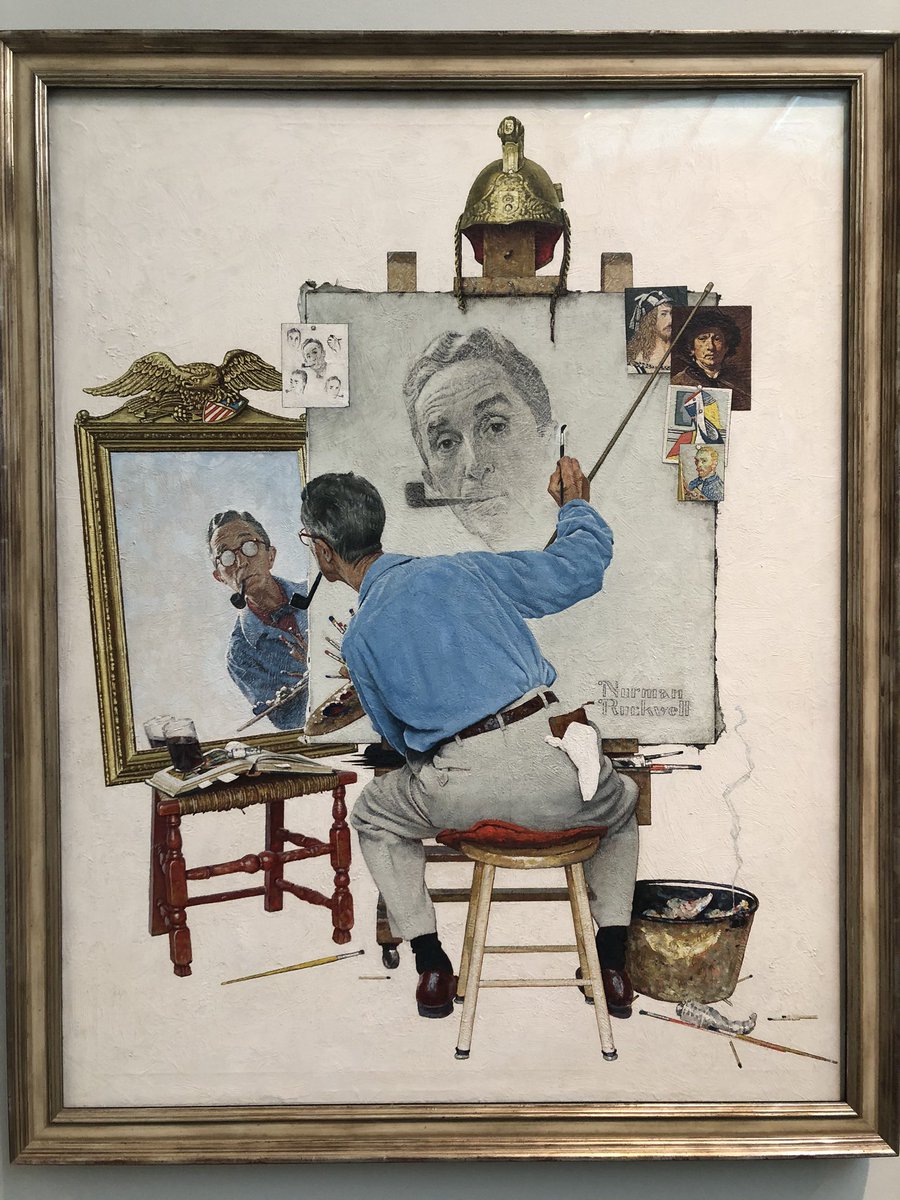Herman Melville’s farmhouse at Arrowhead, in Pittsfield in western Massachusetts, where he lived from 1850 to 1863 and wrote the novel “Moby Dick”.
The barn where Herman Melville used to hang out with Nathaniel Hawthorne, behind his farmhouse in Pittsfield, Massachusetts.
Herman Melville planted these fir trees next to his house in Pittsfield, Massachusetts. At the time they were much smaller.
The desk where Herman Melville wrote “Moby Dick”, upstairs in his farmhouse in Pittsfield, in western Massachusetts. The door to the left opens to a small guest bedroom for Nathaniel Hawthorne.
The view out Melville’s window as he wrote “Moby Dick”. The mountain in the distance reminded him of the arched back of a whale. “I have a sort of sea feeling here in the country ... I look out of my window in the morning when I rise as I would out of a port-hole of a ship.”
A visit to the Norman Rockwell Museum this weekend at his home and studio in Stockbridge, in western Massachusetts.
Rockwell began illustrating covers for the Saturday Evening Post in 1916, and the basement of the museum displays all 323 covers he did over the next several decades.
He quickly became known for capturing distinctive everyday moments that characterized American life in the 20th Century.
He also captured moments in America’s political life, like this voter trying to decide between Dewey and a 4th term for FDR in 1944.
Rockwell illustrated a series of war bond posters depicted FDR’s “Four Freedoms” during World War 2, that have since become iconic.
A sailor home from fighting after the end of World War II. Something about this one choked me up when I was explaining it to my kids.
The one on the left was a classic I often saw growing up in Chicago. (Norman Rockwell Museum, Stockbridge, Massachusetts)
Rockwell turned more and more to full-length paintings when he grew older, some with a humorous twist.
Though Rockwell often portrayed majority white America, he was a strong believer in a country that brought together people of all races and religions.
This belief led him to do a number of then-controversial illustrations during the Civil Rights movement of the 1960s, such as this one depicting the desegration of schools.
But Rockwell remained hopeful that Americans could overcome their differences, despite the barriers between them.
Norman Rockwell’s studio, a short walk from the museum, has large windows to let in the sunlight, and overlooks the Berkshire hills of western Massachusetts.

 Read on Twitter
Read on Twitter